Voice of The National Flag
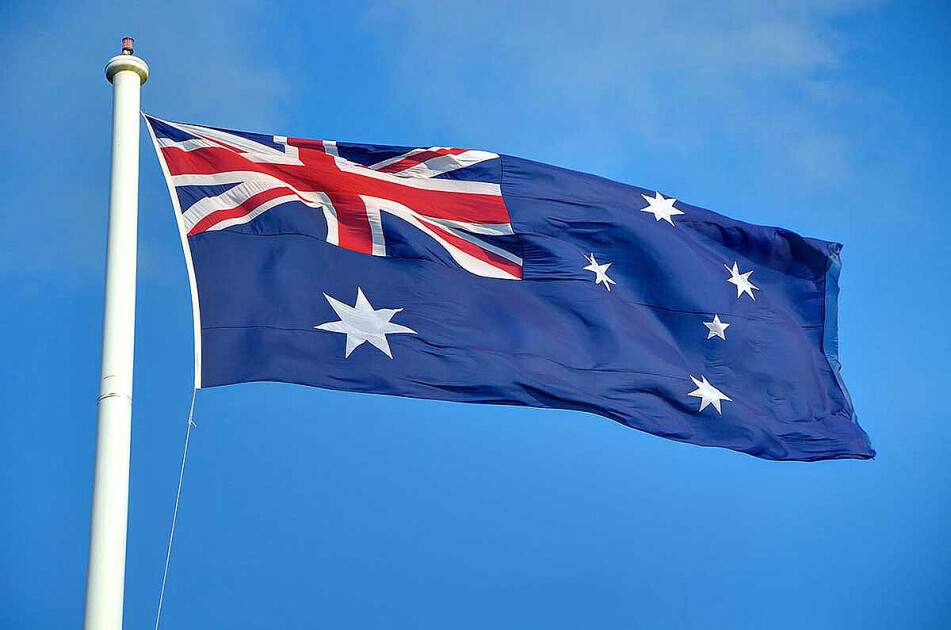
France
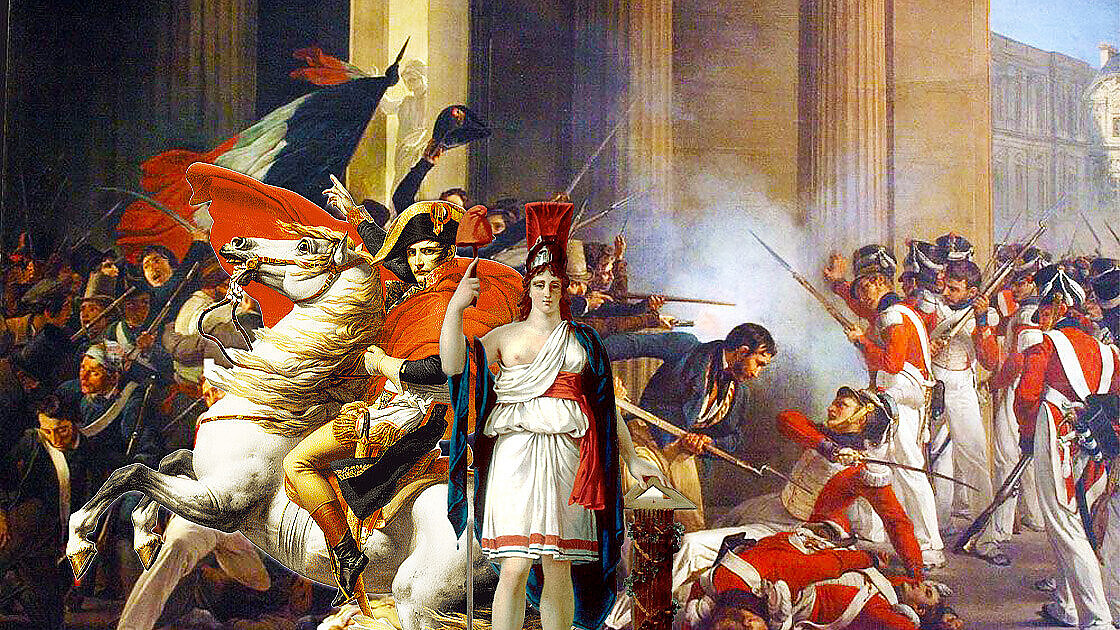
At the time of our movement to Federation, our Founding Fathers did not look to the French constitution for processes and institutions worthy of adoption. Nor has the present Australian Republican movement. In fact, the French know more about constitutional models than most countries. France has experienced an absolute than a constitutional monarchy, five republics, a restored monarchy, then a “bourgeois monarchy”, two empires, various revolutionary regimes (Legislative Assembly, Convention, Directorate, Consulate), as well as the Vichy dictatorship. Incidentally, all of this occurred in France at the time that Australia evolved from a penal colony to autonomy, to federation and to independence. We should never forget that we are more experienced in democratic government than any of the principal mainland European powers, indeed any major world power except the United Kingdom, the United States and Canada. The First French Republic ended in the Reign of Terror and then Bonaparte’s dictatorship, […]
English Language
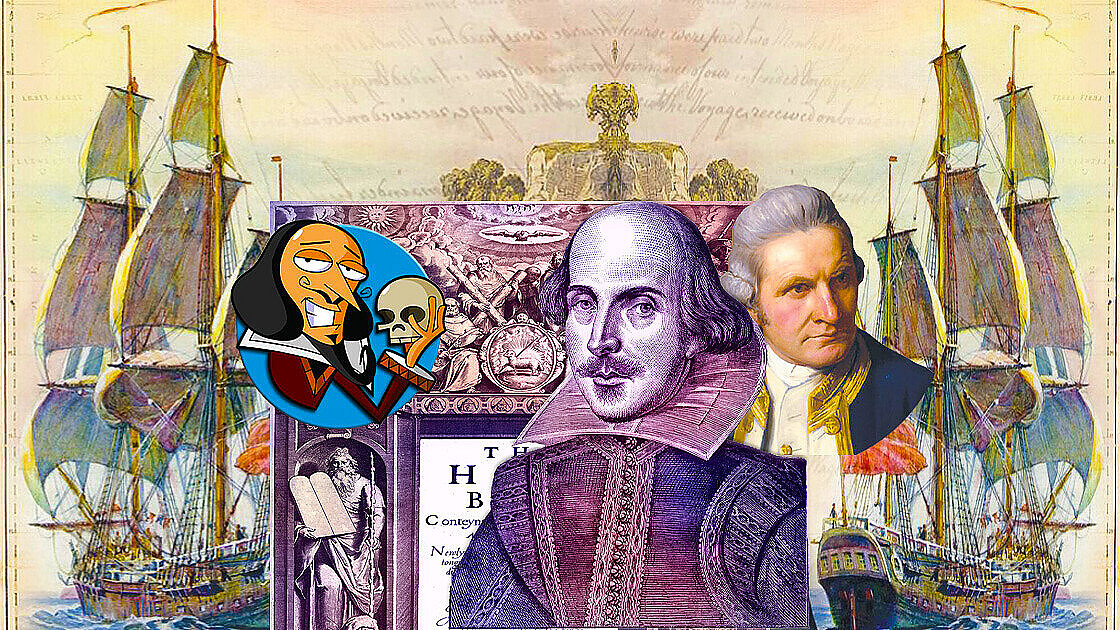
The English language is the second pillar of the Australian nation. English is the third most widely spoken language in the world. It’s also the predominant language in many developed countries, including the United States, the United Kingdom, Canada, Australia, Ireland, and New Zealand. English belongs to the West Germanic language family within the Indo-European language group, with its earliest forms spoken by the people of early medieval England. Since the first settlers arrived in Australia in 1788, English has been essential to the country’s heritage. It served not only as a means of communication but also as a medium for some of the world’s most significant literary works, including the Book of Common Prayer, the Authorised or King James Version of the Bible, and the works of Shakespeare. Today, English is the official language of Australia, and the country has an open attitude towards other languages. This decision has […]
Rule of Law
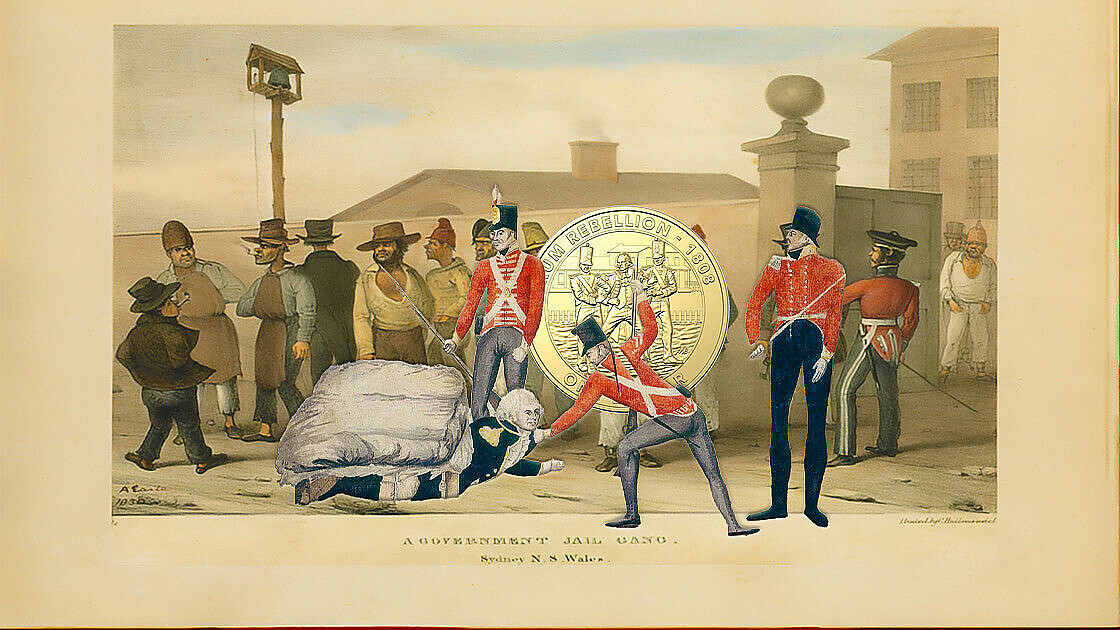
New South Wales was never envisaged to be, and never was, as Robert Hughes (The Fatal Shore, 1986) claims, a dictatorship or a gulag. It was to be a colony, admittedly a penal colony, but one nonetheless subject to the law. This meant that from the very beginning, we were subject not to the rule of men but to the rule of law. Now by the rule of men, we mean a system of governance in which the government enjoys near absolute discretion in governing, as in the Soviet Union or Nazi Germany. From 1788, no Australian governor or government has ever enjoyed anything even close to such powers. What, then, is the rule of law? Sir Guy Green (Governors, Democracy and the Rule of Law – Robert Menzies Oration, 1999), former Chief Justice and then Governor of Tasmania, concludes that it has two core elements. First, everyone, particularly the […]
Judeo Christian Values
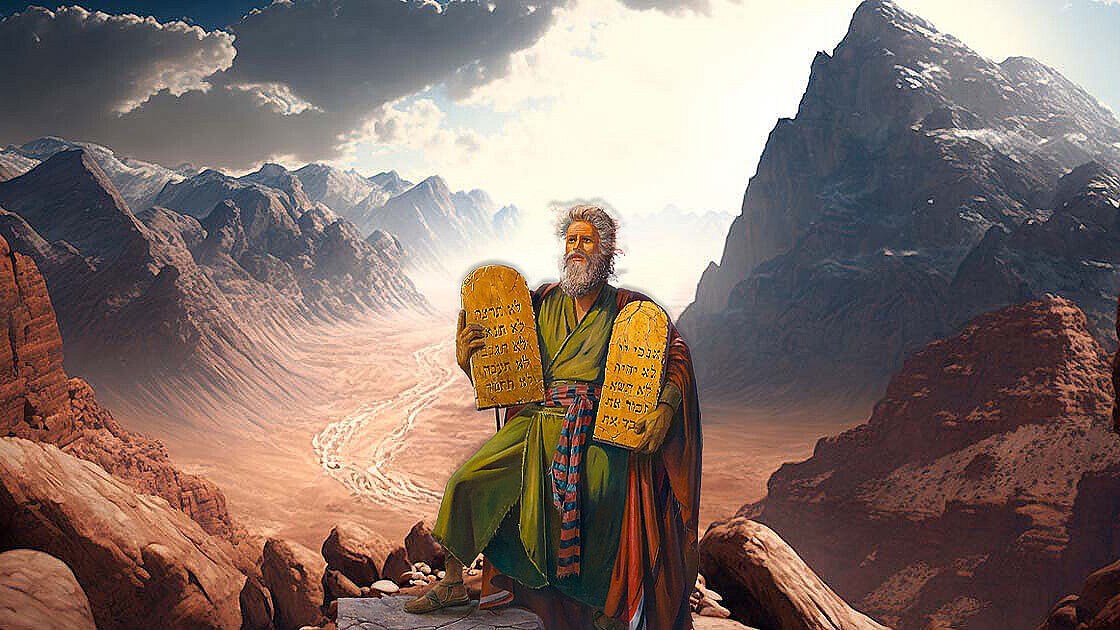
Our Judeo Christian values came with the settlement of Australia. They permeate our law, our language, our institutions and our Federation. (To say this is not to argue against the notion that Australia should not only tolerate but welcome migrants of other religions or of no religion— it is merely to state irrefutable facts.) The Success Story of the Twentieth Century: The Australian Federation The core of our Judaeo-Christian culture is the Holy Bible. It sets the context of, and it permeates and enriches, all the other pillars of our society. The common law is based on Christian ethics. The canon of our language is found in the Bible and in the Book of Common Prayer. And our Sovereign, anointed and set apart at the Coronation, regards herself accountable to the Almighty. As the Queen said in her Christmas Broadcast on 25 December 2000: Judeo Christian principles The concept of […]
The Australian Flag
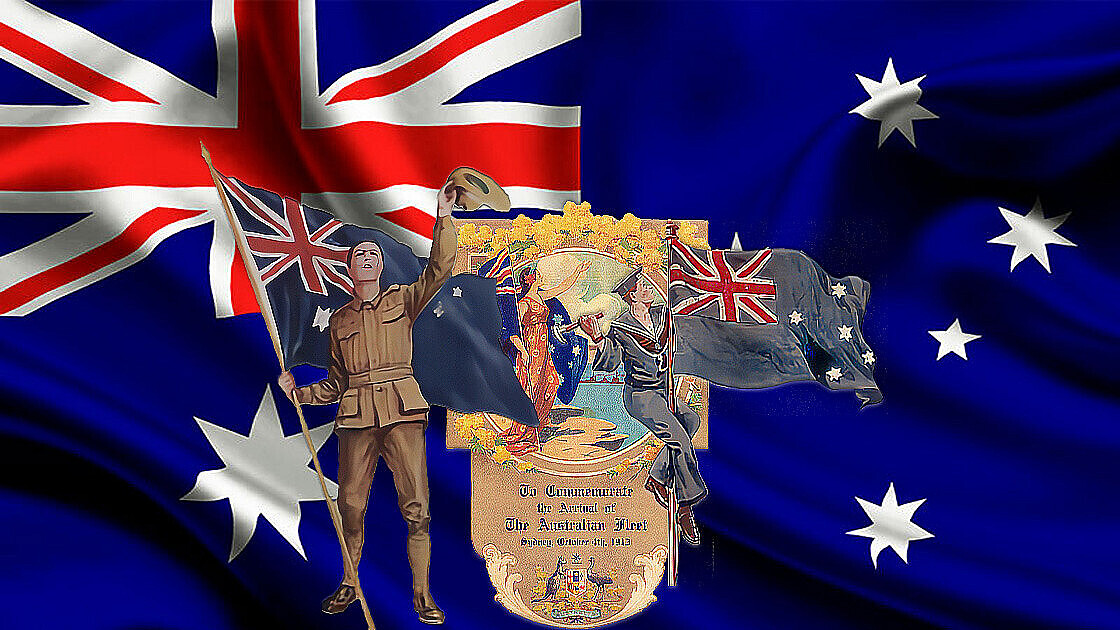
The Australian Flag If a republic is about symbols, what of our chief national symbol, the Australian National Flag? The origins of Australia’s National Flag go back to just before the Federation in 1900 when the Melbourne newspaper, the Evening Herald and then the Review of Reviews for Australasia sponsored national flag competitions. On 29 April 1901, the new commonwealth government announced its competition for the design of a national flag. It then was agreed to combine the Review of Reviews competition with the commonwealth government’s, with a total prize of two hundred pounds, a substantial sum in those days. Designs submitted to the Herald’s competition were also considered. The judges were to have been the six premiers, but they were replaced by seven men with appropriate qualifications. By the closing date, 32,823 entries had been received. The prize was divided between five contestants who submitted similar designs. Two were […]
Crowned Republics Compared
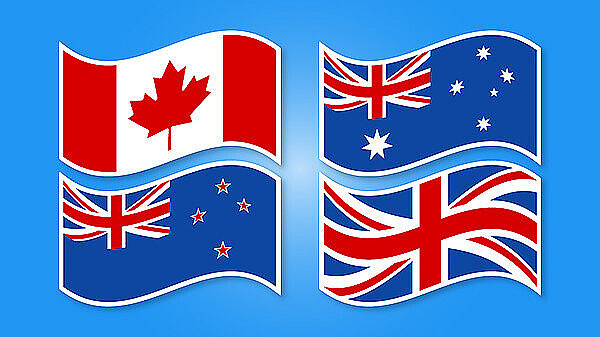
Crowned Republics Compared The HDI measures well-being through three major dimensions There are many reasons to remain a crowned republic. The Republic Will Stop the Brain Drain, Arthritis Etc. Sir David Smith has assembled the more bizarre reasons advanced for a republic in a paper to the Samuel Griffiths Society in 1998. Among those he listed are: There are other examples. Former Deputy Lord Mayor of Sydney Henry Tsang claimed: “People in Asia are confused. They want to invest here or start a new business in Australia but are confused and puzzled.” He finds it embarrassing explaining to Asian business people “why Australia clings to the Queen” and then “England is a small nation on its way down . . ” (City of Sydney Times, 27 January 1999). Simon Young, the Australian Opera and Ballet Orchestra conductor, said: “I feel very strongly about it because I’m identified as belonging to […]
Australian Settlement
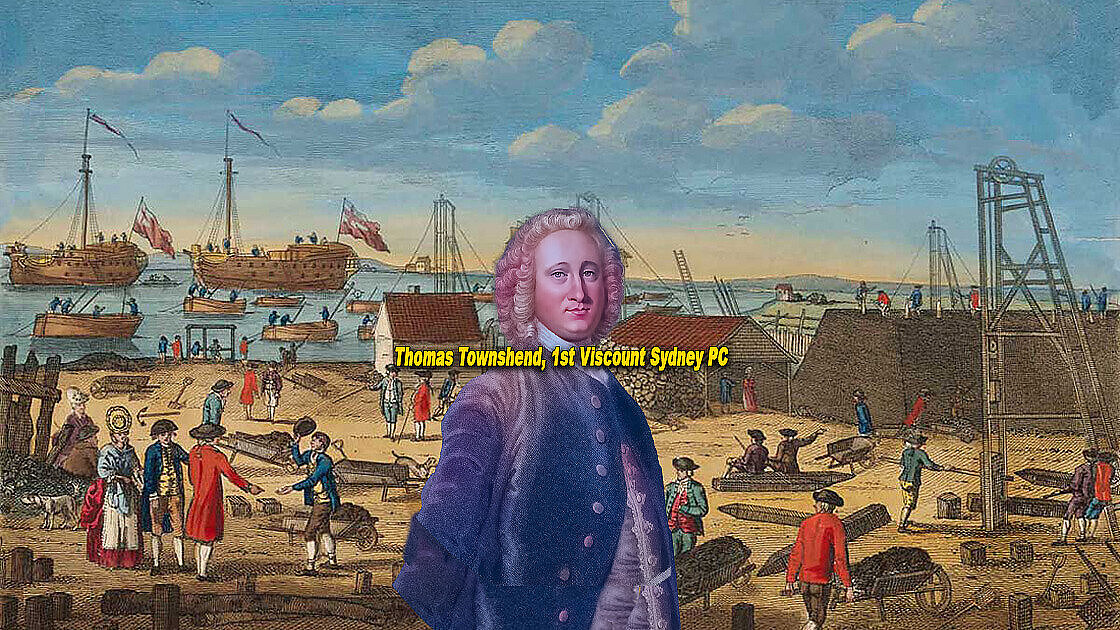
Thomas Townshend, 1st Viscount Sydney PC (24 February 1733 – 30 June 1800) was a British politician who sat in the House of Commons from 1754 to 1783 when he was raised to the peerage as Baron Sydney. He held several important Cabinet posts in the second half of the 18th century. The cities of Sydney in Nova Scotia, Canada, and Sydney in New South Wales, Australia, were named in his honour in 1785 and 1788, respectively. When the British came to Australia, they did not find a country in which there was anything recognisable as a government. They had in other parts of the non-European world, but not in Australia. To say that is to denigrate neither the Aboriginal history of this continent nor the Aboriginal people. But modern Australia began with the settlement, which had both harsh and good consequences for the indigenous people. Some form of European […]
The Evolving Constitution
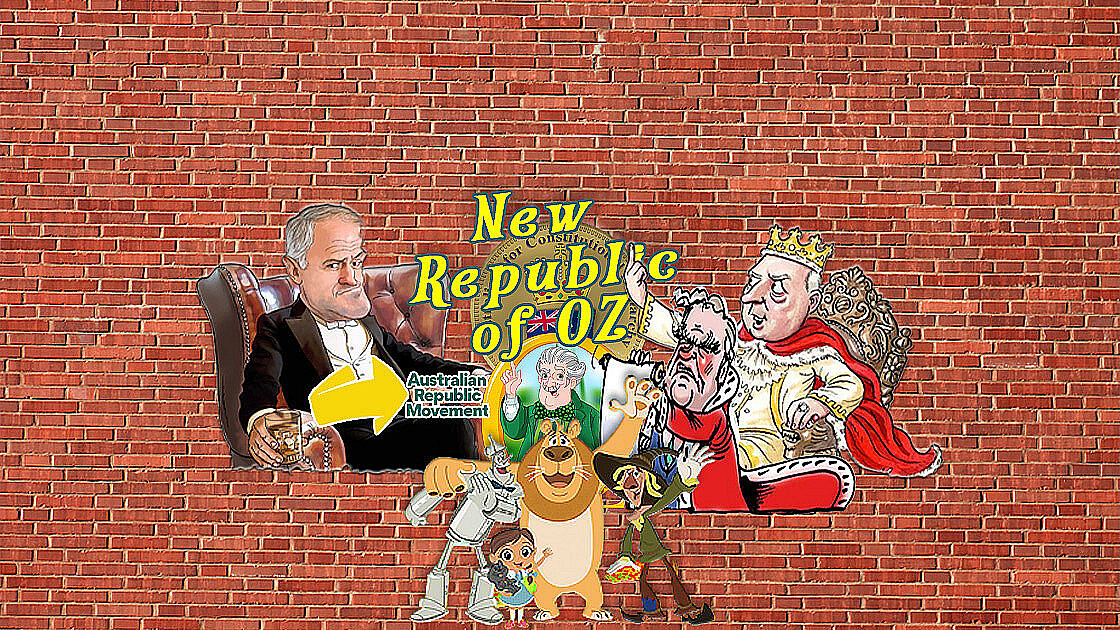
There are two distinct approaches to constitutional reform, observes Professor Kenneth Minogue of the London School of Economics. One is evolutionary and minimalist. The other is theoretical, abstract, and often revolutionary. The first recognises that when an evident evil arises in government, it needs to be corrected with as little disturbance as possible. This is the traditional Australian approach, as demonstrated not only in the way we have made our constitutions but also in the way we change them. It could be summed up by the maxim, Si fractures non sit noli id refinery, which could be translated as, “If it ain’t broke, don’t fix it.” This is not a desire to cling to the past but to preserve a system that has exhibited enough inner dynamism to survive the twentieth century. Minogue says that it is precisely the capacity of constitutional monarchy not just to change but to respond […]
Republicanism Since The Referendum
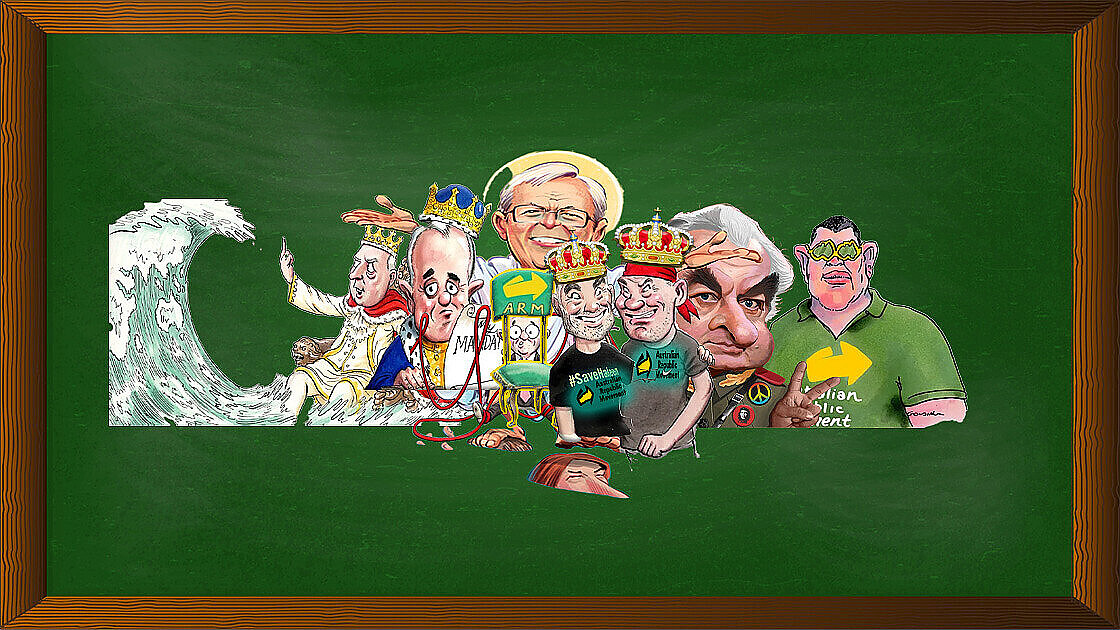
Republicanism Since The Referendum The Republican movement said that whatever the result in 1999, it would close down. However, it has mounted the present and fourth major campaign for an Australian republic. The movement’s theme today could well be “We demand a republic…but we haven’t the foggiest idea what sort of republic we want…” Within the current Republican movement, there are really two movements. One favours a republic in which the federal politicians choose the president. How the governors are to be chosen will be either left to the federal politicians or the state politicians. The other movement wants to have regular elections to elect the president, vice presidents, governors, lieutenant governors and administrators. The significant differences now from the earlier movement, which led to the “Yes” case in 1999, are first, the movement is unwilling or unable to specify the model or any details of the change it wants. […]
New Republican Movements
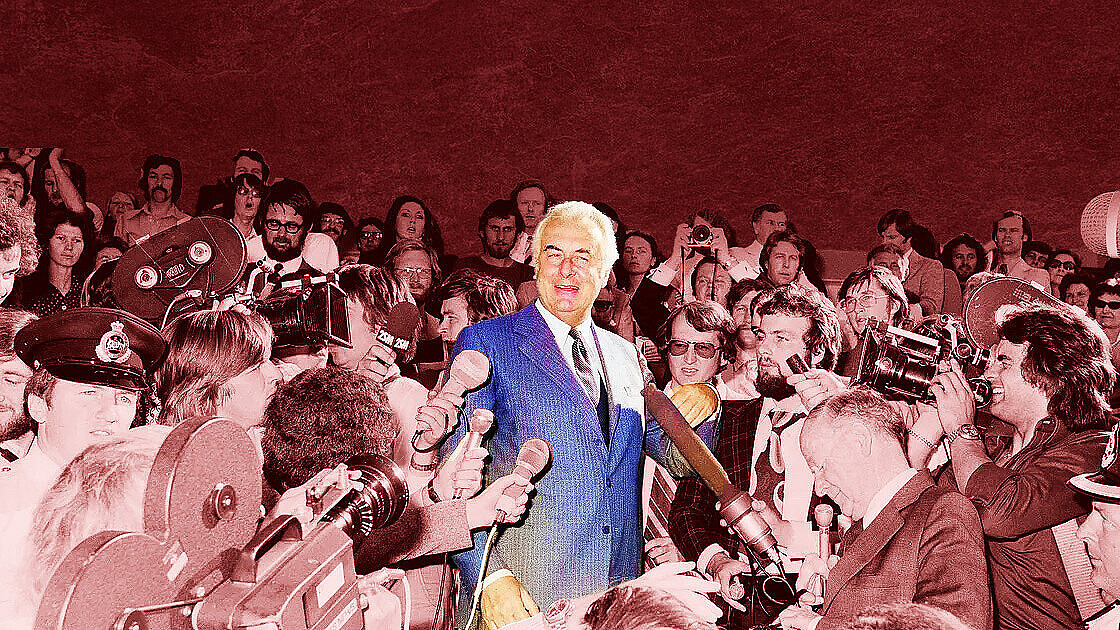
New Republican Movements In the 1960s, a group of intellectuals in Australia held the belief that the Australian Crown’s problem stemmed from the obligation felt by their social class to display deference towards Britain. However, this matter went unnoticed by the British. It is crucial to acknowledge that our constitutional system is entirely distinct from the personal psychological issues of a small number of Australian intellectuals. The rise of Republicanism was not primarily motivated by a sense of inadequacy towards Britain but rather stemmed from a cutthroat political battle that took place in 1975. Two politicians engaged in this struggle, both of whom were unwilling to compromise and make concessions. This intense power struggle ultimately gave rise to the prominence of Republicanism. The Leader of the Opposition, Malcolm Fraser, was impatient for government and not willing to wait the normal 18 or so months for an election to be held. […]
Parliamentary Democracy
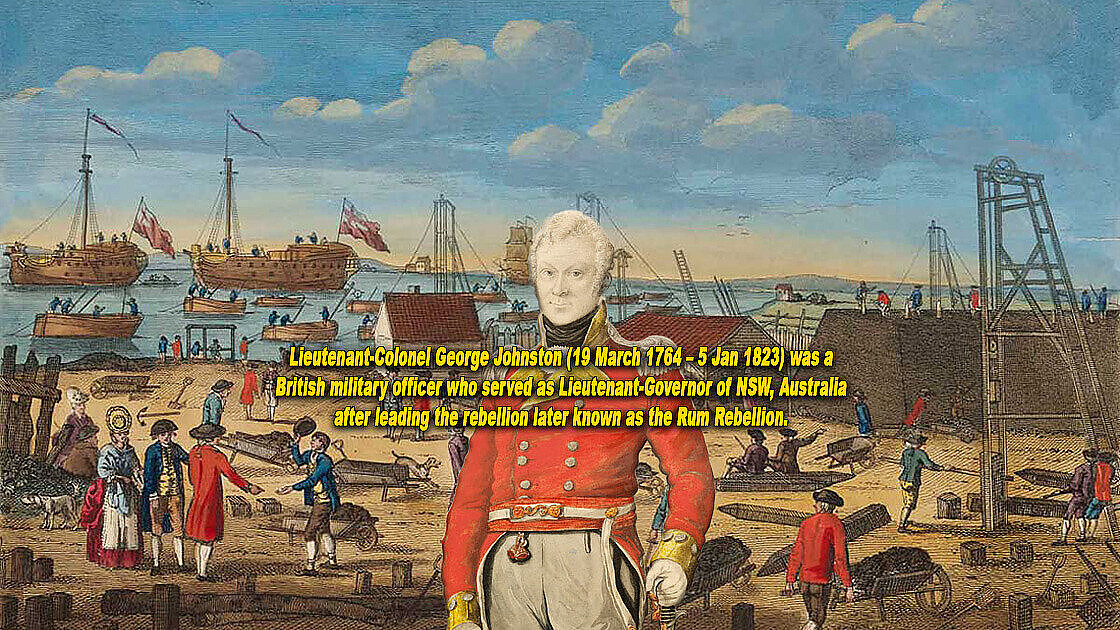
The French, the Spanish, and the Portuguese did not transmit the parliamentary concept to their colonies, as the British did to their American colonies long before independence and as they did to Australia. Why? Because they could not. The other European powers, with the possible exception of the Dutch, did not have this concept at home. And the Dutch showed no interest in granting self-government to their colonies. So parliament, self-government and the Westminster system, the fifth pillar of our nation, came very early to Australia within our one generation of the founding of the penal colony. And Australians quickly adapted to these institutions, making them even more democratic and, thus, more Australian. AUTONOMOUS SELF-GOVERNING COMMUNITIES DEVELOP OUT OF THE COLONIES OF SETTLEMENT Initially, the power of the colonial governor was restricted only by the law and by instructions from London. This power was later tempered by an advisory legislative […]
Early Republican Movements

The Crown has been an established component of the Australian constitutional system since the country’s inception. Despite facing challenges such as the Second World War, it has endured and continues to serve as a crucial mechanism for checks and balances. The current campaign by the Republican party marks the fourth major effort to eliminate the Crown’s role, but its integral place in our language and culture cannot be denied. The first significant Republican movement was in the nineteenth century. Its aim was to establish a white racist republic free of the immigration policy of the British Empire. This faded away with the movement to the Federation, with the Commonwealth of Australia endowed with an express power to establish a national immigration policy. The second and longest campaign was to create a communist state similar to the East European Peoples’ Republics established after the Second World War. Its proponents never made […]
Australian Crown
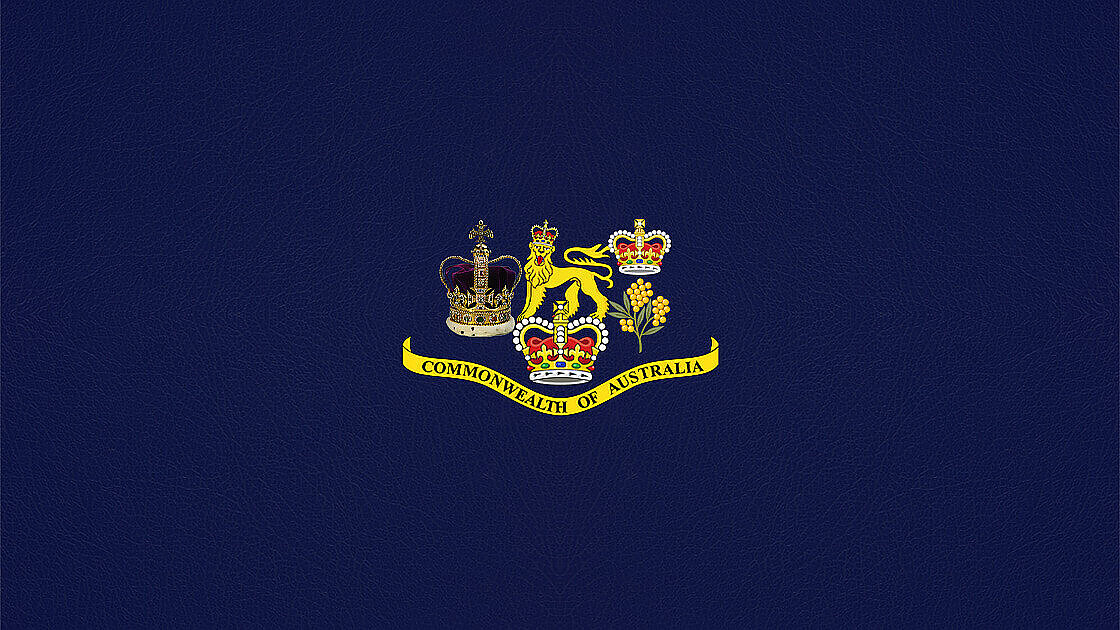
The Australian Crown, more than just a symbol of the King or Queen’s ceremonial headwear, stands as our oldest legal and constitutional institution, deeply ingrained in our country’s governance. In our Federation, the idea of the new nation being a crowned republic was not just a passing thought. Today, it remains a vital safeguard against the potential misuse of power by elected officials at the Federal and State levels. Together with the High Court, it serves as the sole institution bridging the gap between the State and Federal realms. Our nation’s founding was a powerful vision of a unified Federal Commonwealth under the Crown, a vision that was not just embraced by the people but also enshrined by our Founding Fathers, and it continues to be a beacon of unity and strength for our nation. This was affirmed by the people in all six States and by 72% of all […]
Australia and Argentina

Republicans raised the constitutional status of Argentina. Richard Woolcott said that an Argentinian had told him it would be impossible to conceive of the King of Spain also being King of Argentina. Our Federation was born on the first day of the new century, 1 January 1901. A comparison with another similar country demonstrates the extraordinary success of the Australian Federation. In 1901, Australia had one of the highest incomes per head in the world, an honour it shared with another former settled colony, Argentina. We had much in common. Both were countries of European settlement, both supplanting an indigenous population, although Argentina was treated much more harshly. Both attracted large-scale immigration, and both imported much of their essentially Judaeo-Christian culture and their European language. Both were developed with substantial British investment, and both were rivals for shares in the lucrative British meat market. But our histories since then could […]
Republic Advisory Committee 1993
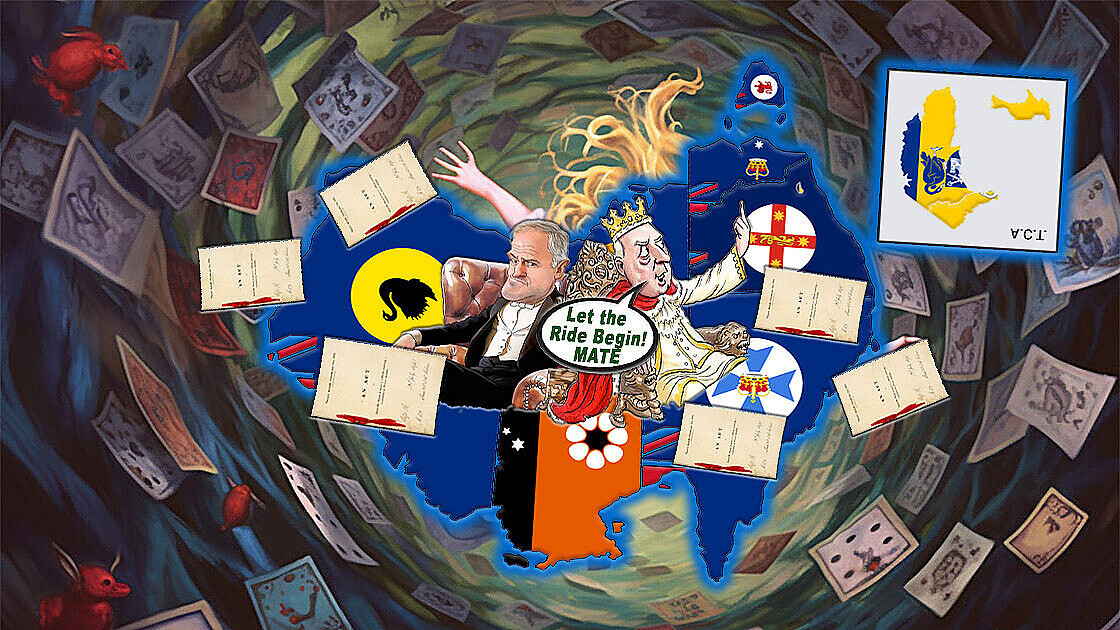
Republic Advisory Committee RAC 1993 In 1993 Prime Minister Paul Keating established a Republic Advisory Committee (RAC) to advise him on the various options for minimal change necessary to bring about a republican government in Australia. The RAC‘s terms of reference stipulated that it should not address any broader issues regarding other areas of constitutional reform or the normative question of whether Australia ought to become a republic. It should also not make any final recommendations but rather address the advantages and disadvantages of the possible approaches to a specified list of matters. (RAC, Vol. 1, p iv) So the Republic Advisory Committee was not intended to debate the advantages or disadvantages of a republic over the existing system. Its formation reflected Keating’s adversarial style. He once argued that the first question about a republic was: “Do you support an Australian republic?” Only if you supported such an entity were […]
First Referendum Model
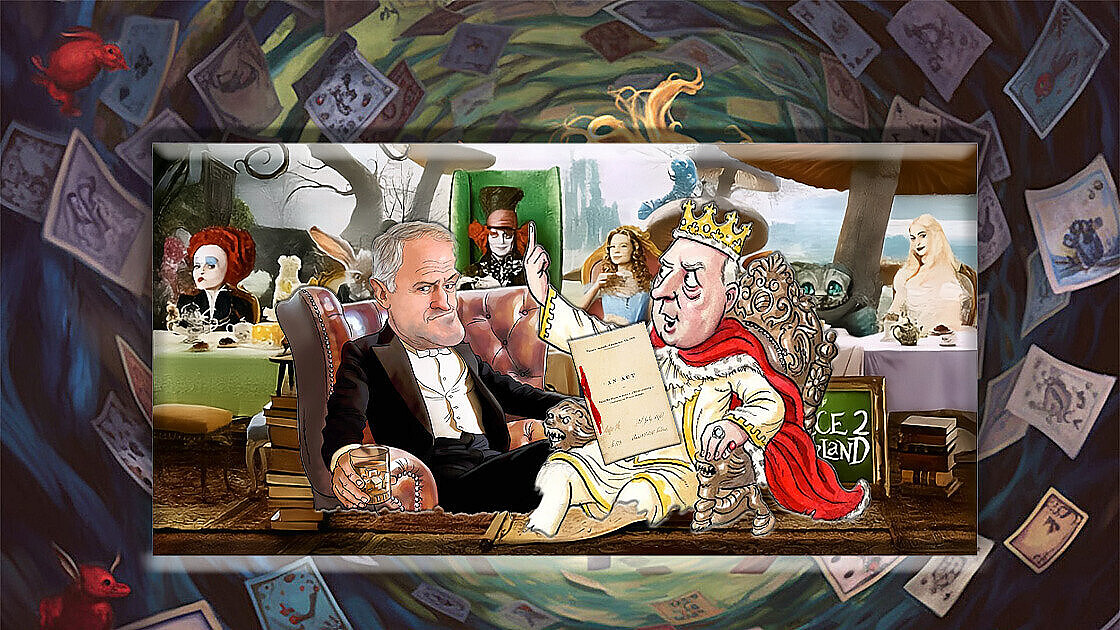
After Prime Minister Keating’s response to the report of the Republican Advisory Committee, a model for the Australian Republic emerged, the first Keating -Turnbull republic. APPOINTING THE PRESIDENT The first Keating–Turnbull model has met with both practical and ideological criticism. Despite strong electoral support for popular elections, the Keating government advocated parliamentary appointment and dismissal. Clerk of the Senate Harry Evans has argued against this method of appointment on principle: Most people, not intellectuals, are able to detect the massive contradiction at the heart of the elite orthodoxy: the monarchy must go partly because it is undemocratic, but the people must not be allowed to choose the replacement because they would stupidly make the wrong choice. (News Weekly, 29 July 1997) Bill Hayden, a former governor-general, warns of the practical effect of election by the special parliamentary majority: Those who believe a president elected by both Houses of Parliament would […]
More Debating Notes Page 2
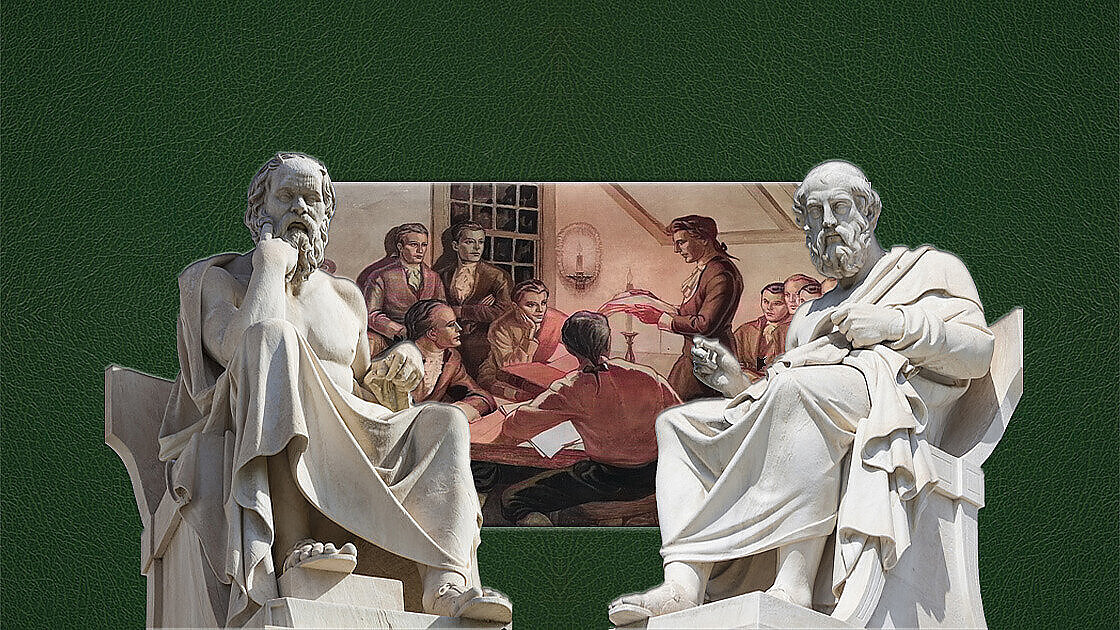
[This was originally published in 1997 as THE ACM HANDBOOK, Key Facts and Opinions for the Republic Debate in Australia. Some minor editorial changes have been made. The Handbook opened with the following preface and acknowledgements: Our Charter is to defend the Australian system of government and the Australian Constitution. This handbook has been produced from materials forwarded to our ACM office by generous supporters, from our own comprehensive library which includes media monitoring since 1992, and from our field and media appearances when debating republicans and their arguments. The tireless efforts of our leader since its formation, Mr Lloyd Waddy, QC, are continually reflected in the philosophy and arguments presented in this handbook. We give our special thanks to Barbara and Lindsay Thomson, Gold Coast ‘No Republic’ branch, for their invaluable contributions and research. In particular, we thank our ACM supporters who have stood up for our cause through […]
Speakers Bureau Network
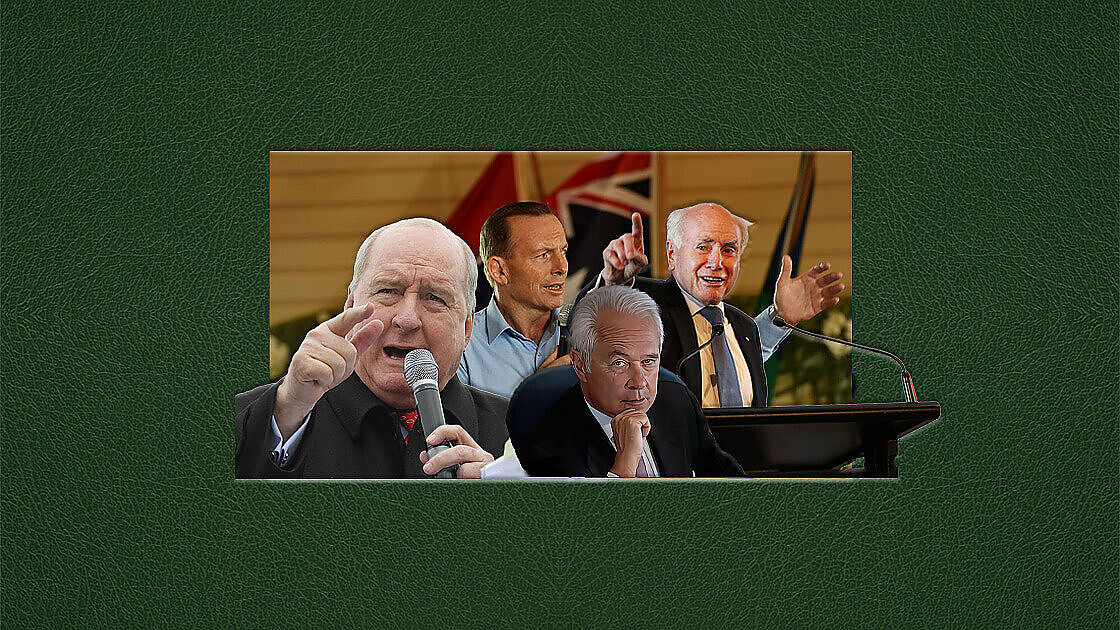
The Australian Crowned Republic Network has a team of speakers available for school functions, conventions and other occasions. Please email [email protected] and indicate the occasion, the date and place, a short description of the subject envisaged and the time allowed, and contact details, including phone numbers. While we cannot guarantee a speaker will always be available, we will use our best endeavours to ensure a speaker is available.
Queen Elizabeth II Accession
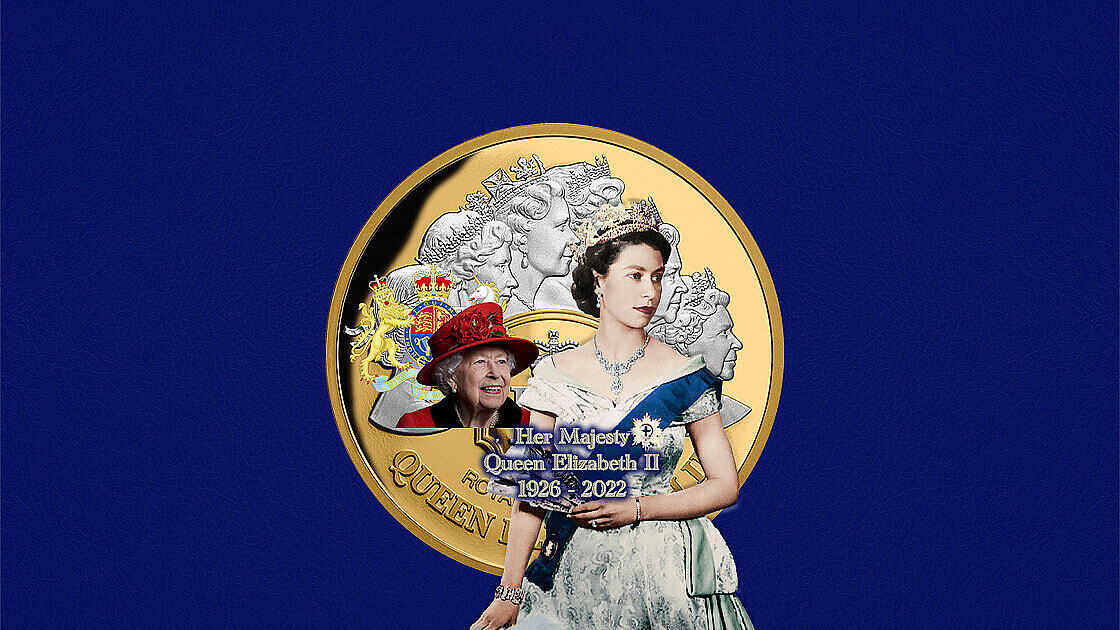
Queen Elizabeth II Accession Accession describes the event of a new Sovereign taking the throne upon the death of the previous King or Queen. A new Sovereign succeeds to the throne as soon as his or her predecessor dies and is proclaimed as soon as possible at an Accession Council in St James’s Palace. From 1952 until 2022, Accession Day took place on 6 February, during the reign of Elizabeth II. The present monarch, Charles III’s, accession day is 8 September. Accession Day is observed in the United Kingdom by flying specific flags and various official functions. On 6th February 1952, H.R.H. The Princess Elizabeth succeeded her father, King George VI and took the name Elizabeth II. When she was born on 21st April 1926, there was little to indicate that this would be her destiny. Her father, H.R.H Prince Albert, Duke of York, was born on 14th December 1895 […]
Governor-General’s Role
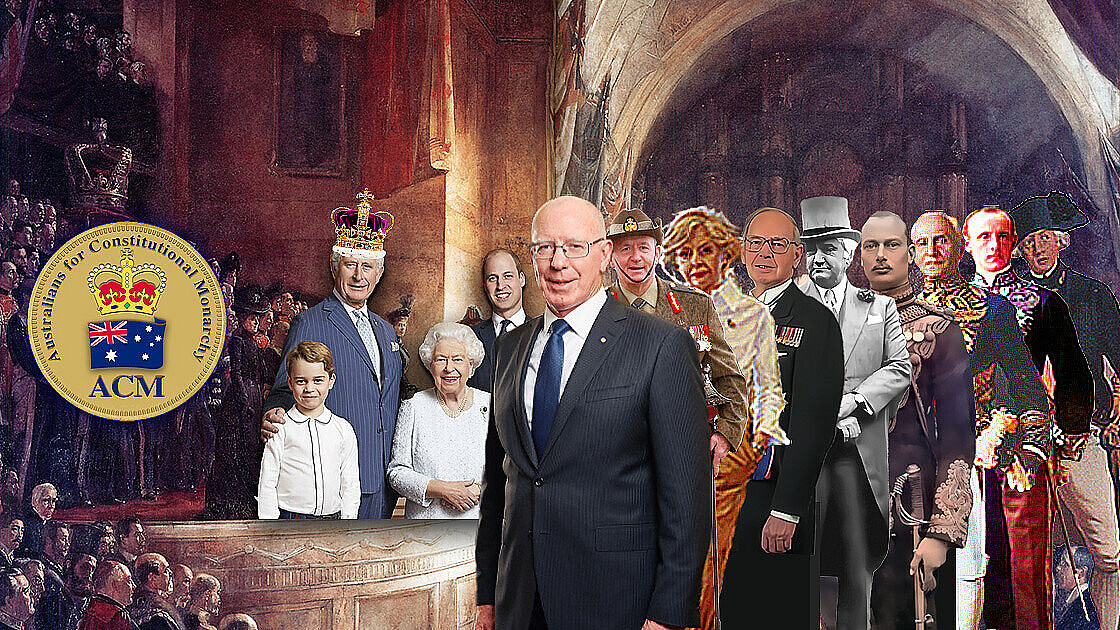
This extract was taken from gg.gov.au Governor-General’s Role The Governor-General is appointed by The Queen on the advice of the Prime Minister (see the Commission of 21 August 2008). After receiving the commission, the Governor-General takes an Oath of Allegiance and an Oath of Office to The Queen and issues a Proclamation assuming office. The Governor-General’s appointment is at The Queen’s pleasure, that is, without a term being specified. In practice, however, there is an expectation that appointments will be for around five years, subject on occasion, to some extension. The Governor-General’s salary is set by an Act of Parliament at the beginning of each term of office, and cannot be changed during the appointment. (See Constitution, s 3 and the Governor-General Act 1974). The Governor-General’s powers and role derive from the Constitution. Letters Patent from The Queen, dated 21 August 2008, also set out certain provisions relating to the […]
Governor General of Australia
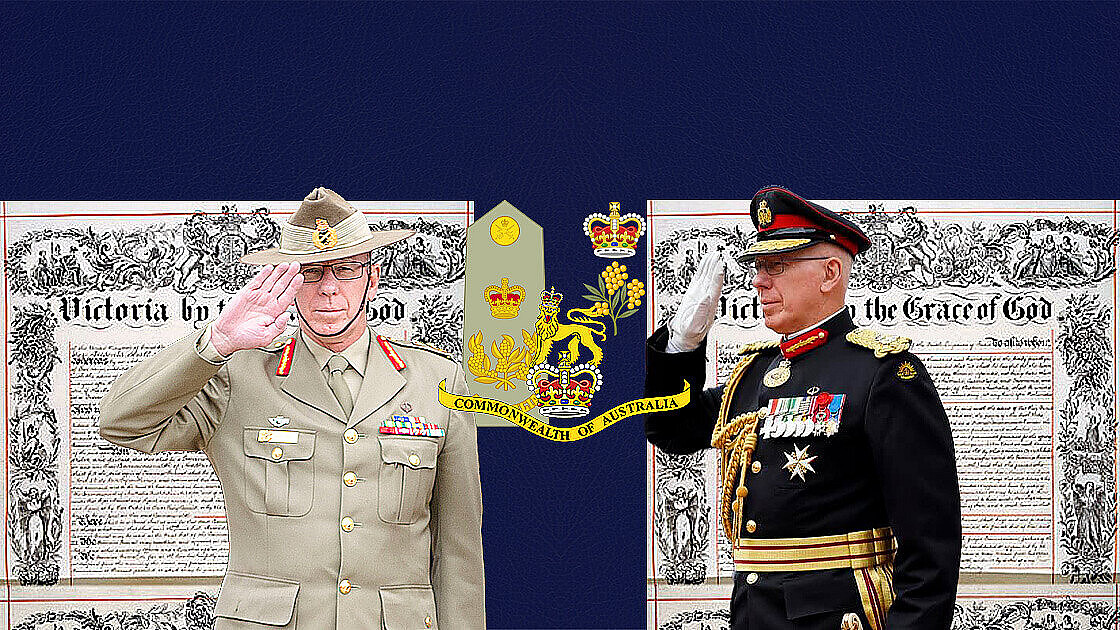
Since Federation in 1901 until 1965, 11 out of the 15 governors-general were British aristocrats; they included six barons, two viscounts, two earls, and one royal duke. The Role of the Governor-General has been described in detail on the Governor-General’s website. The relationship between the office and that of the Sovereign has evolved as the Crown itself has been Australianised and separated from the imperial British Crown, so much so that some people ask why we cannot just keep the viceroys, the Governor-General and the State Governors and dispense with our Sovereign, Queen Elizabeth II her heirs and successors. We propose dealing with these three issues separately on this page see blow. General David John Hurley, AC, DSC, FTSE, is a former Australian senior officer in the Australian Army who served as the 27th Governor-General of Australia. He was previously the 38th governor of New South Wales, serving from 2014 […]
Centralism
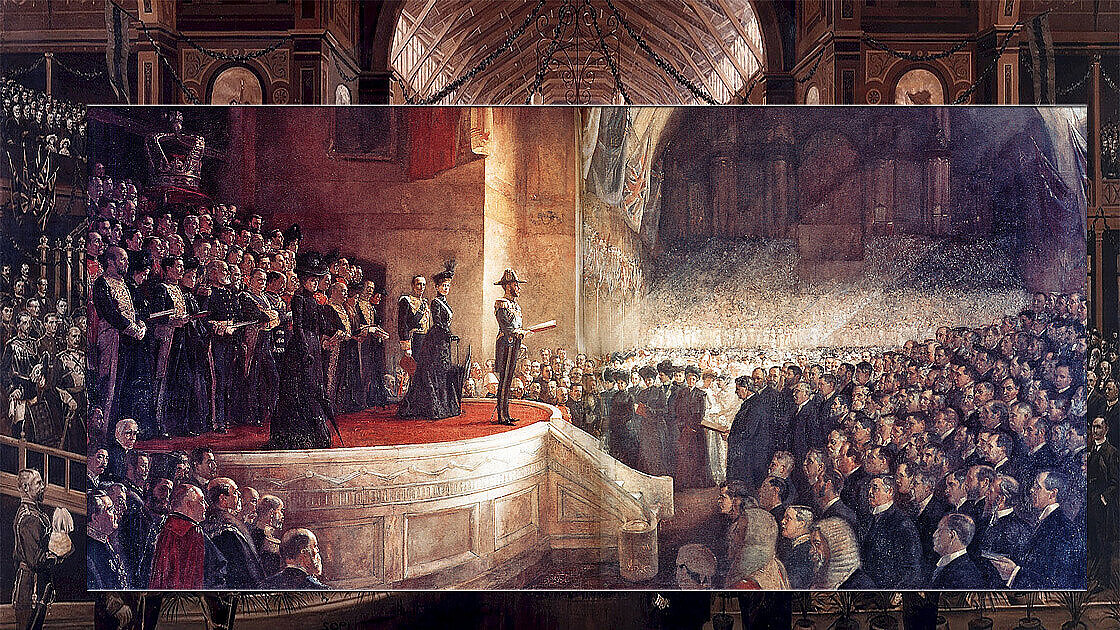
Federation, although first proposed by the British, was our own decision. This was to establish “an indissoluble Federal Commonwealth under the Crown … and under the Constitution”. The Commonwealth of Australia Constitution Act provided that the six self-governing Australian colonies would be “Original States” in the new Commonwealth of Australia. The law-making power of the new Commonwealth was to be vested in a Federal Parliament, which was to have only those powers clearly set out in the Constitution. Some powers would be exclusive to the Commonwealth, such as making laws for Commonwealth Territories, raising military forces to defend the Commonwealth or minting coins. Other powers would be shared with the states (the “concurrent powers”), for example, banking, insurance, corporations, marriage and divorce. But for each of these, the Commonwealth law would prevail if there were an inconsistency with State laws. The powers not listed, the so-called “residuary powers, were to […]
New States

The Australian Constitution has always envisaged the admission or establishment of new states. The fact is that no new states have ever been admitted or established. The use of the word admitted probably refers to the possible admission of other British colonies. There seems to be no reason why other territories which were never British colonies could not become Australian states[I]. [The Haka could be Australian…if New Zealand were one or two Australian States] From time to time, there have been proposals to create new states, most notably in New South Wales and Queensland. In New South Wales, there have been proposals to establish new states in the north, “New England”, the south, “Illawarra”, and in the Riverina. There has also been a proposal to establish a new state in the North of Queensland, “Capricornia”. There have been proposals to establish the Australian Capital Territory and the Northern Territory as […]
The Crown
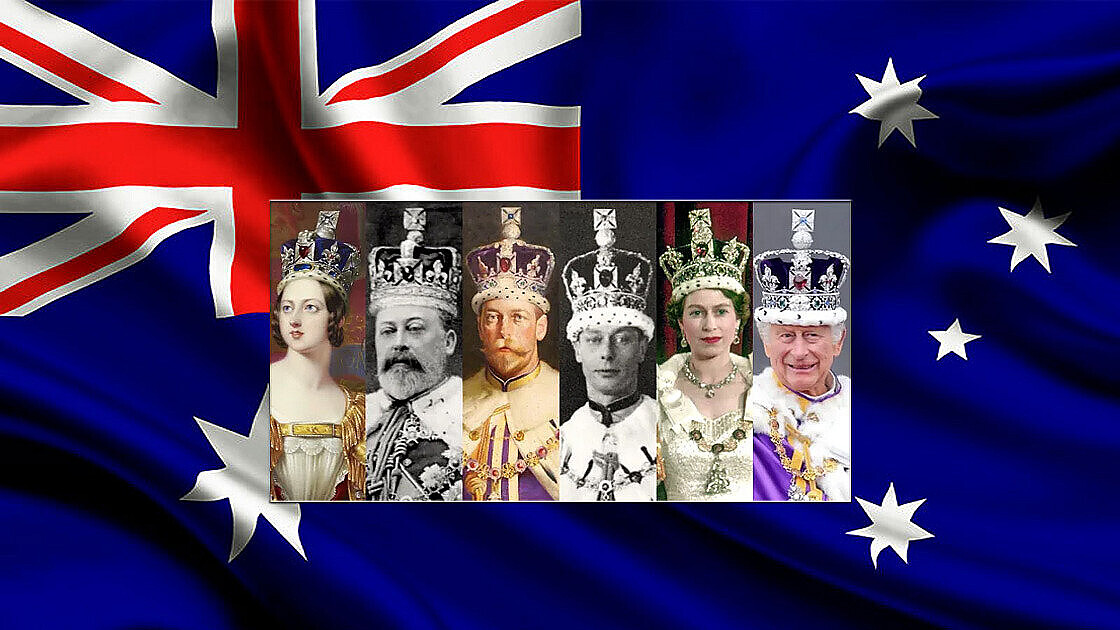
The Crown was our first institution, and it is our oldest. As with common law and the language, so with the Crown: it was to be adapted and made Australian, a point specifically recognised by our High Court in 1999 when it ruled, unanimously, that our Crown is, in fact, a separate, Australian institution. The sovereign is the same person who is the Sovereign of Canada, New Zealand, the United Kingdom and her other realms, but each crown is separate. In the British Empire in its heyday, there was but one Crown. Labour Leader and High Court Judge Dr Herbert Vere Evatt 1936 (The King and His Dominion Governors, reprinted in Evatt and Forsey on The Reserve Powers, Legal Books, Sydney 1990) concluded that the imperial crown was one and indivisible. But this has changed with the independence of the former dominions, now the realms. The Australian Crown is the […]
First Four Pillars
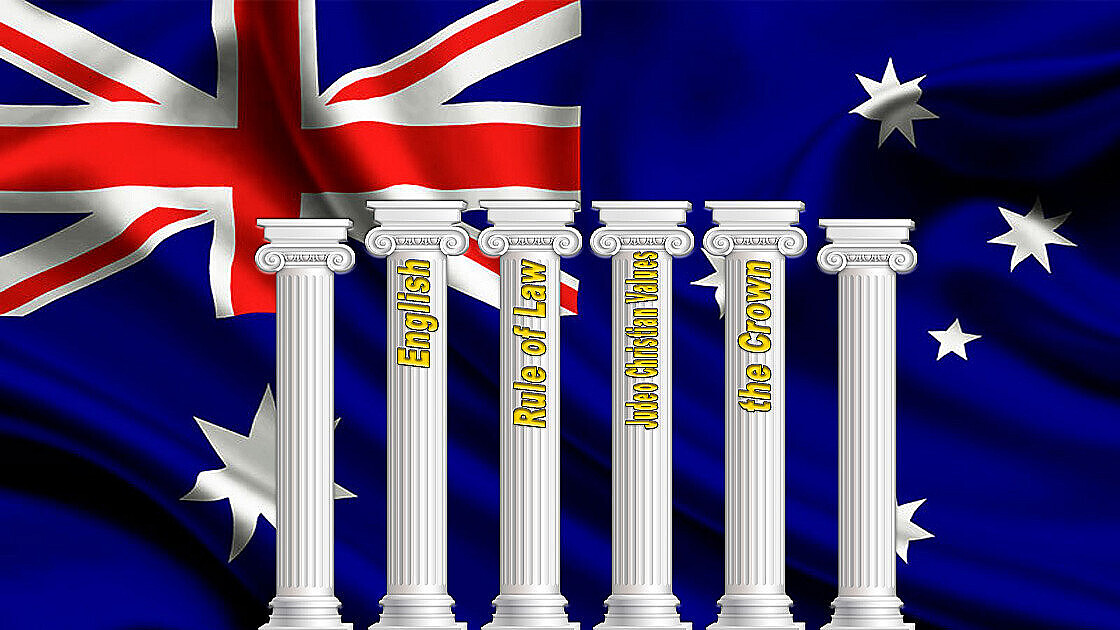
Australia, also known as the Commonwealth of Australia, has a rich history that dates back to the settlement established in 1788. The British brought with them four fundamental elements that form four of the six pillars of our nation, the foundation of our nation. These elements have been adapted to Australian culture and are now integral to our identity. Our national language, English, the rule of law, our Judeo-Christian values, and the Crown, our oldest institution, offer guidance beyond politics. They have helped shape our nation into the prosperous and diverse country it is today.
The 1999 Referendum
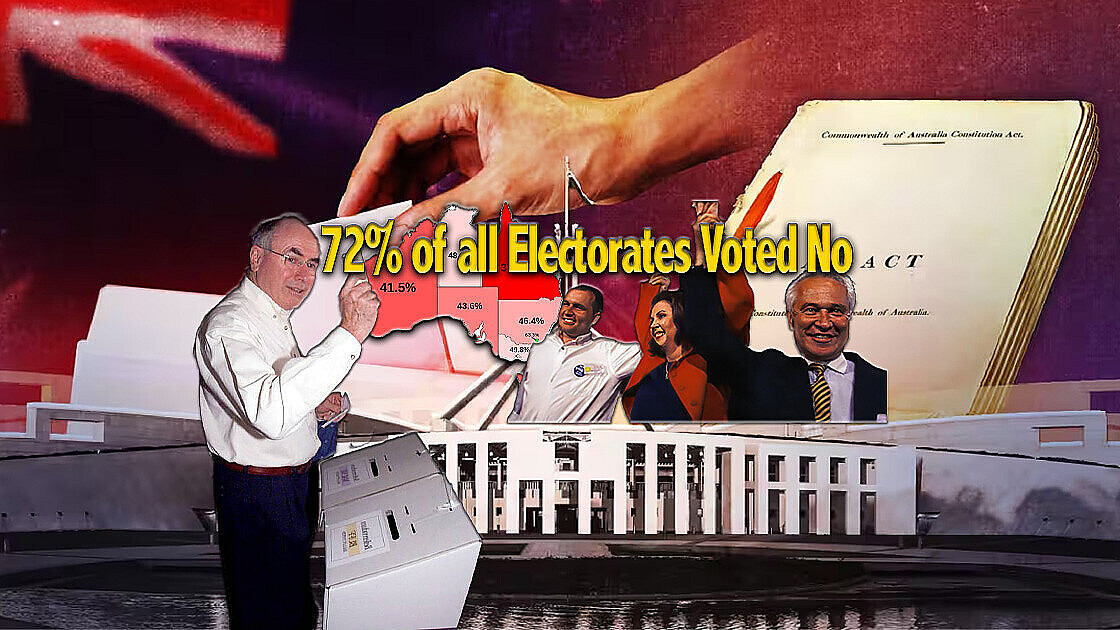
The 1999 Referendum. The republican model, the Keating Turnbull republic, was then referred to the people. This emerged in the last days of the Constitutional Convention. This was the Second Keating-Turnbull Republic, one which was highly authoritarian and anti-federal and which was suddenly pulled out of the hat. After telling us in 1993 that there was an almost universal view that the President was not to hold office at the whim of the Prime Minister, the ARM (Australian Republican Movement) now proposed the first republic in recorded history where it would be easier for the Prime Minister to dismiss the President than his cook! Not developed from the point of constitutional principle, this model was formulated only to procure the maximum votes from the politician delegates so as to obtain a majority vote at the Convention. And it failed even in that. But as the constitutional model was chosen and […]
Definitions
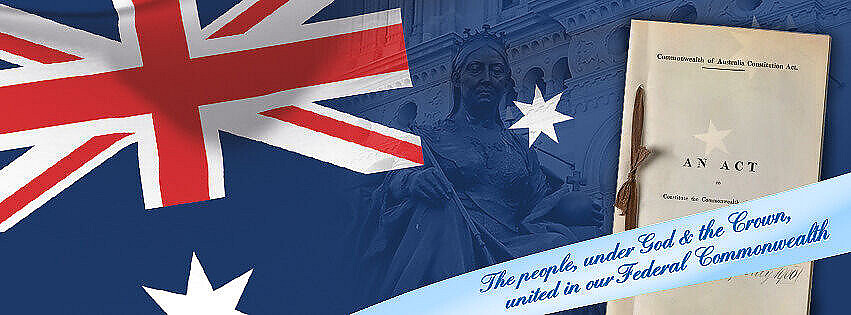
Definitions Three words are central to the current debate about whether Australia should move from its crowned republic. Those words are “constitution”, “republic”, “commonwealth “, and “head of state.” Constitution: This term may be used to refer to the basic law of the Commonwealth of Australia, as set out in the Constitution Act 1900. It can equally be used to refer to the constitution of a state. In a wider sense, the term can refer to the whole constitutional system, including various important statutes that came with the 1788 settlement and the conventions or customs that have evolved over the years. During the course of the 1999 referendum debate, the Constitution was sometimes criticised by those advancing the Yes case because it did not, for example, refer to the cabinet or the prime minister. Earlier, an unsuccessful attempt had been made to write down or codify the Reserve Powers vested […]
The Second Referendum Model
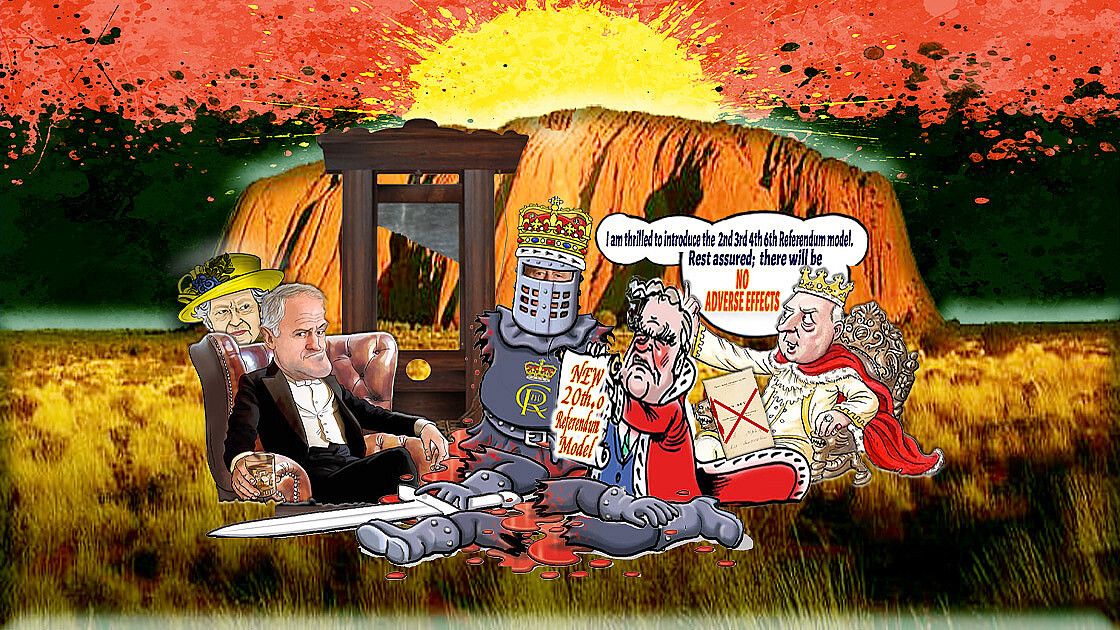
The Second Referendum Model We come now to the so-called “bipartisan model” for a republic that emerged from the Constitutional Convention. It is essentially owned by the Australian Republic Movement (ARM), which had for years espoused the first version of the Keating—Turnbull republic. That is why it is best described as the second version of the Keating—Turnbull republic. The fundamental question for Australians in the coming ref¬erendum is whether this model is better than, or at least as good as, the present constitution. The Australian Republic Movement (ARM) argues that it is as good and that the change is only symbolic. But if the Australian Republic Movement (ARM) is questioned about the details of their model, the response usually is that opponents are engaged in the “mother of all scare campaigns”. This will be a term used over and over during the campaign. It is clear the last thing the […]
Australian Constitutional Convention of 1998
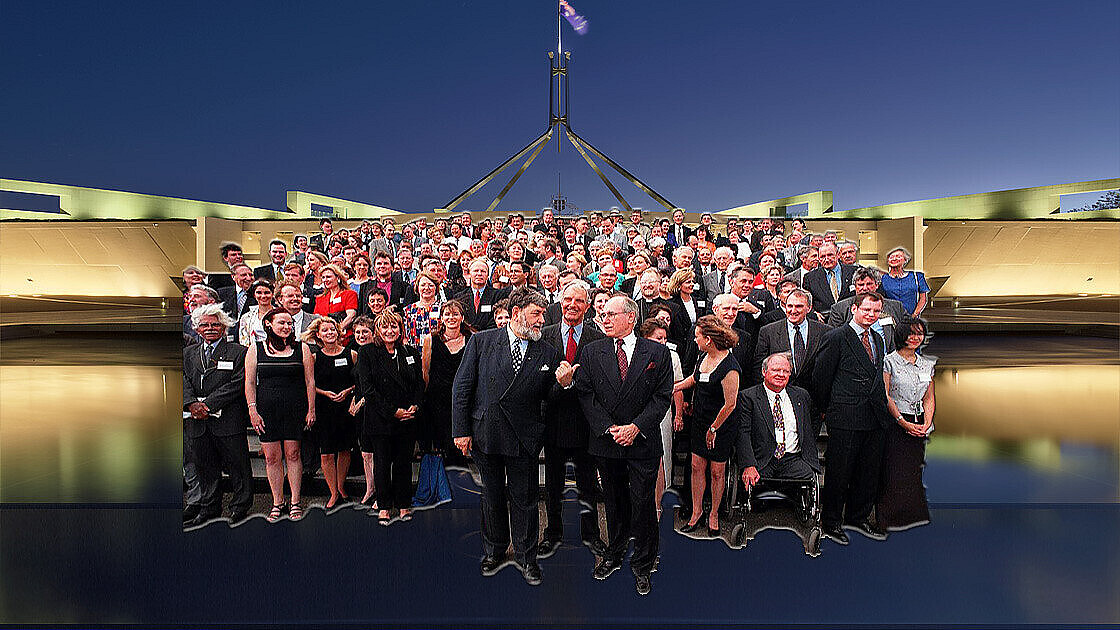
Australian Constitutional Convention of 1998. In early 1998, the Old Parliament House in Canberra, Australia, became the centre of a significant event known as the Constitutional Convention. The purpose of this event was to address a critical matter that would impact Australia’s future, namely whether the country should become a republic or maintain its current system. Esteemed personalities from various backgrounds gathered to engage in constructive and thought-provoking discourse. However, as the summer of 1998 approached, Robert Manne, an Associate Professor in Politics at Monash University and a regular columnist, expressed surprise in the Sydney Morning Herald (1 February 1999) about what he described as “infighting” within Australia’s Republican Movement (ARM). Even if the Republican camp were united, he noted, persuading a majority of Australians and a majority of states during the upcoming referendum would have been immensely challenging. However, with an “internally divided, self-lacerating Republican Movement,” these challenges would […]
From Federation
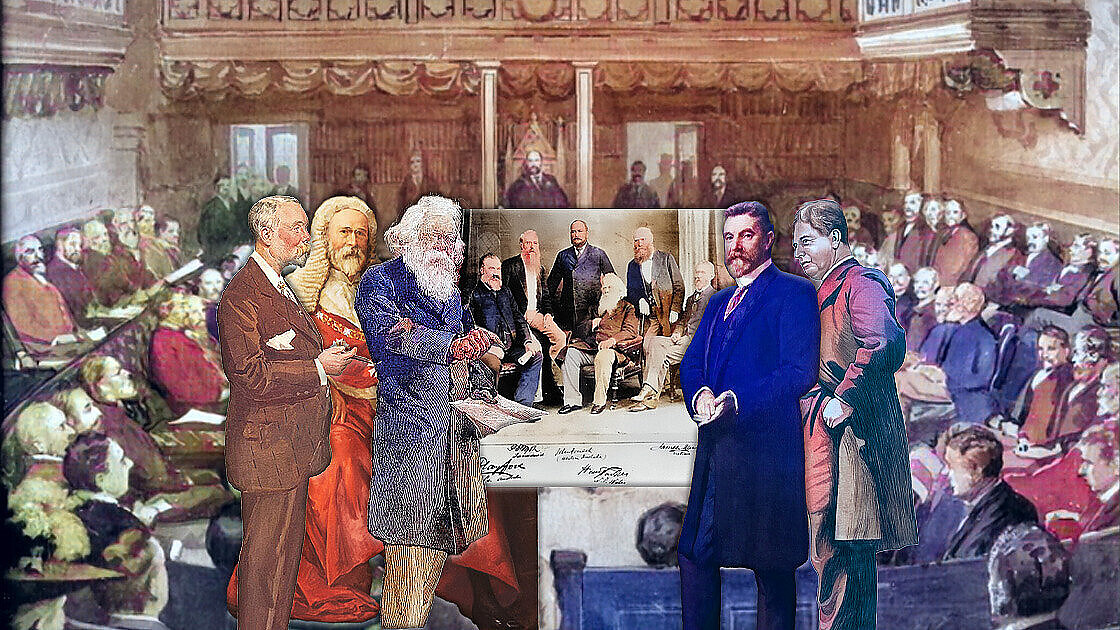
From Federation The Federation of Australia was a Unique Achievement: Although the British had first proposed it decades before, it was actually drafted in Australia by Australians and approved by the Australian people in each of the colonies states. The British allowed Australians to change their Constitution without reference to London. The Governor-General was Granted by a constitutional provision the direct exercise of the executive power of the Commonwealth. It was Peaceful. Federation was thus the sixth pillar of the nation. Australia has been able to enjoy a peaceful, limited government, both in times of peace and war, as well as during times of prosperity and depression, thanks to the Federal Constitution. This document has allowed the nation to transition from being a self-governing Dominion within the British Empire to achieving full independence as a Realm within the Commonwealth. The Federation was established on the principle of the new entity being […]
The Senate Inquiry 2003-4
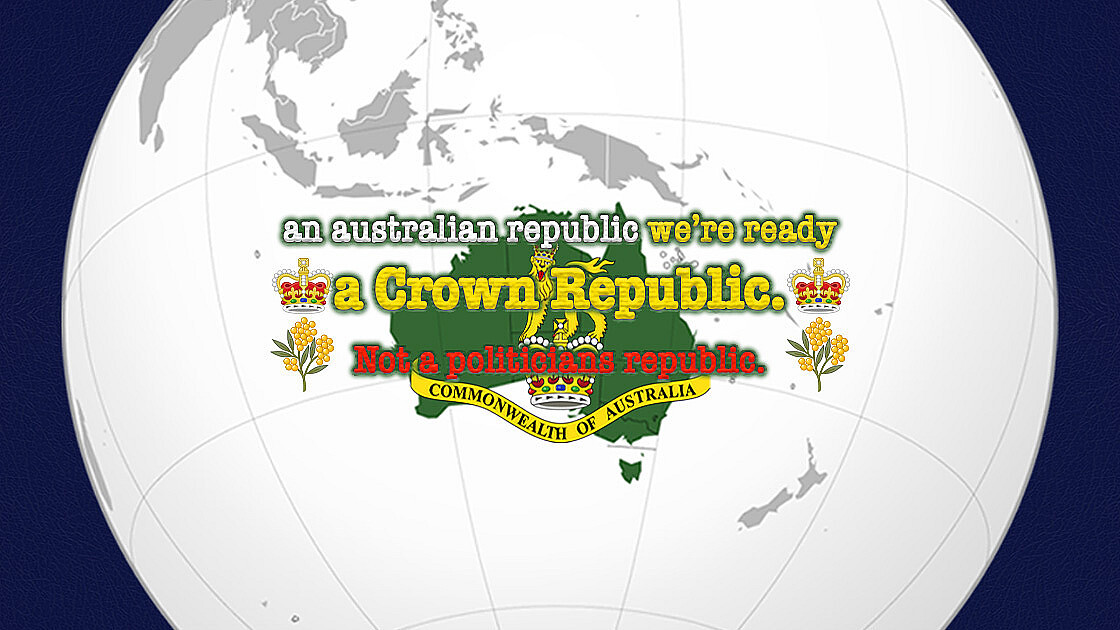
On 26 June 2003, less than four years after a resounding rejection in 1999, the Senate referred an Inquiry into the Australian Republic to the Senate Legal and Constitutional References Committee. The Terms of Reference were not whether a politician’s republic was desirable. ____________________ Terms of Reference The committee is also required to facilitate wide community participation in this inquiry by conducting public hearings throughout Australia, including in rural and regional areas. ____________________ Remarkably, the inquiry was to establish “the most appropriate process for moving towards the establishment of an Australian republic with an Australian Head of State.” At considerable expense, the Committee travelled around the country conducting hearings in all state capitals. Australians for Constitutional Monarchy made this submission. The Committee tabled its report called Road to a Republic on 31 August 2004, a time when the nation was increasingly engrossed in the approaching Federal Election. As expected, the majority […]
The Australia 2020 Summit
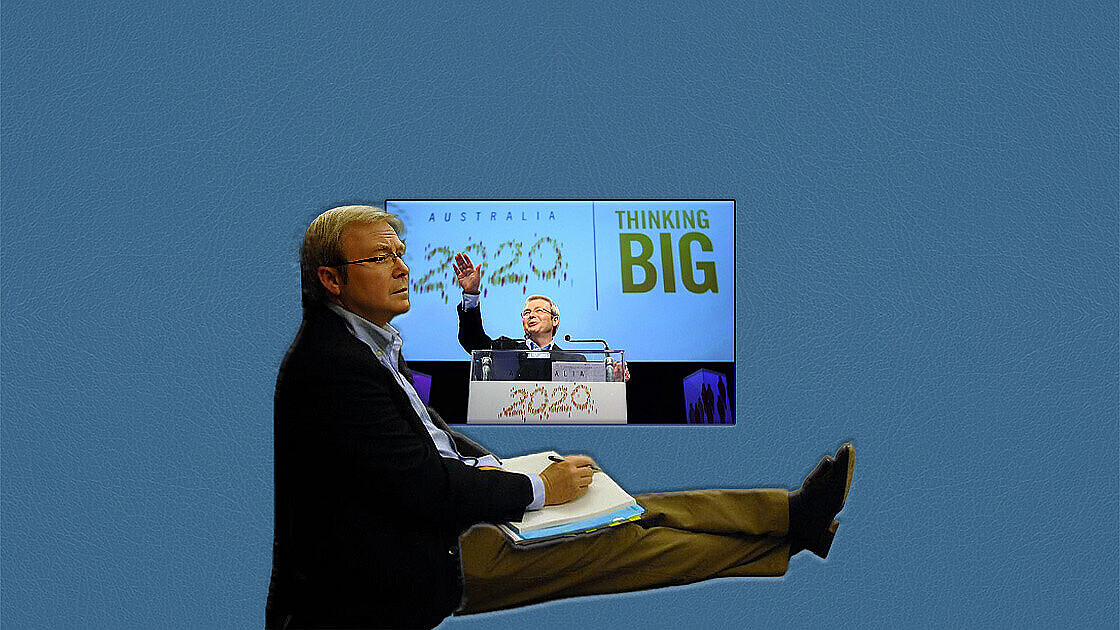
The 2020 Summit was called by the Prime Minister of Australia, the Hon. Kevin Rudd, as an ideas summit of the “best and brightest”. It was held on 19 & 20 April 2008 at Parliament House in Canberra. The Prime Minister described the Summit as” an exciting initiative aimed at harnessing the best ideas for building a modern Australia ready for the challenges of the 21st century. “ The media treated the Summit’s endorsement of a vague, undefined republic as its most important and central recommendation. This emerged with minimal discussion and no details from the Summit’s governance panel by a vote of 98:1 with one abstention. It is hard to take the Summit seriously. Indeed, one leading Republican academic, Professor Robert Manne, described the governance session as resembling a Mad Hatter’s Party. Another respected constitutional authority, Dr Anne Twomey, criticised the resort to chat show formats. The following comparison […]
The Governors
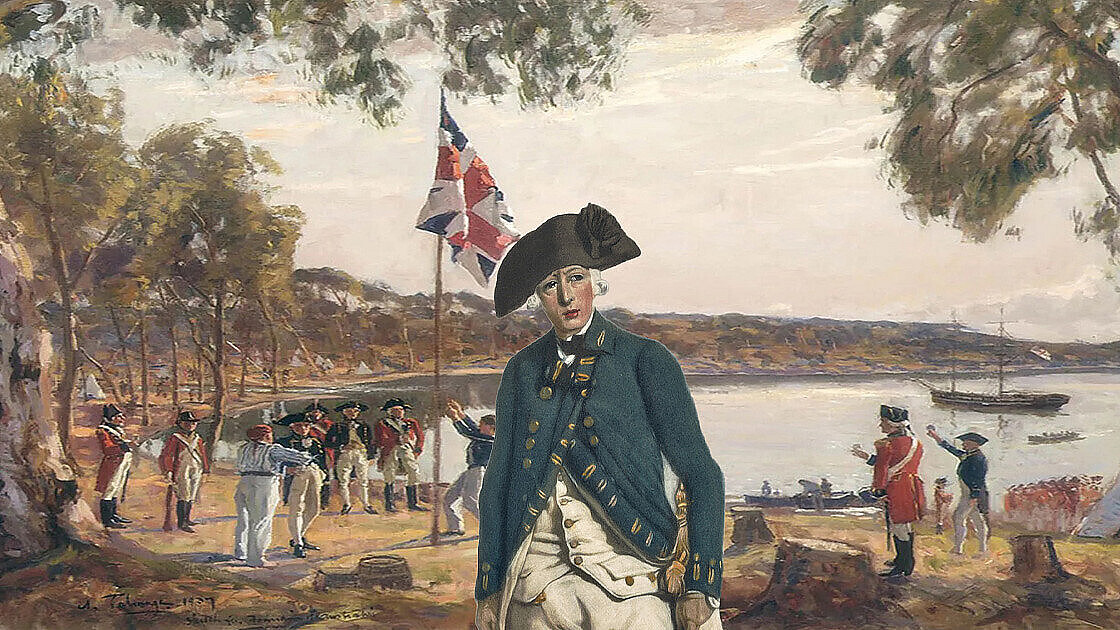
The Governor of New South Wales is the oldest office in Australia. The Governor administered the colony under the law and in accordance with detailed instructions from London. As the colonies received self-government mainly in the middle of the nineteenth century, the Governor’s functions receded to those of a local constitutional monarch, with the additional function of representing the Imperial British government. The latter ended in 1926, but at the specific request of Australia, the Statute of Westminster, 1931, did not apply to the states. This meant that in State matters, for example, the appointment of the Governor, the Sovereign would act on the formal advice of the British ministers, who almost always acted according to the wishes of the State government. The only recorded case of disagreement between a Premier and the British ministers was the refusal to renew the appointment of Sir Colin Hannah as Governor of Queensland. He […]
Anglosphere
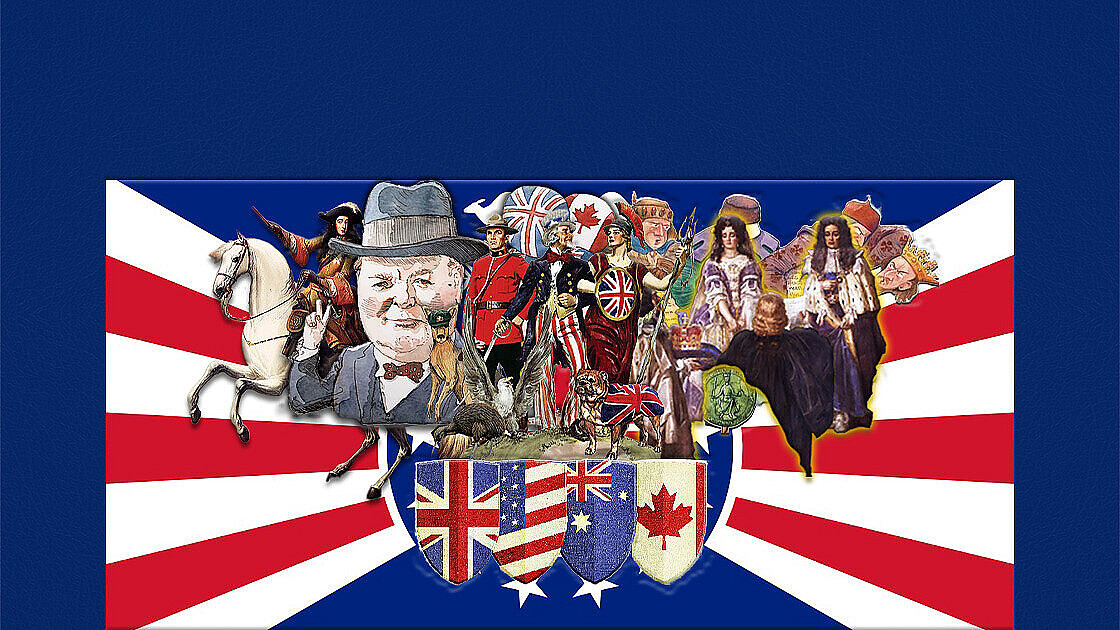
According to Andrew Roberts, the English-speaking countries, the Anglosphere, today account for more than one-third of global GDP, despite their combined population being only 7.5% of the world’s population [i]. These countries share a common origin: their constitutional system, which gradually evolved over centuries. The constitution, which emerged in the Glorious Revolution of 1688, is the basis of later developments in all of the English-speaking countries. It is not that English-speaking people are more intelligent than anyone else. It is that they have long been accustomed to a liberal constitutional system. Such a constitution provides a stable, limited government where people are more free to make their own decisions. It also ensures that there are effective checks and balances against the abuse of power. An electorate used to living under such a constitution becomes more capable of making sophisticated judgements in deciding how to vote. They are, above all, suspicious […]
Plebiscite Condemned
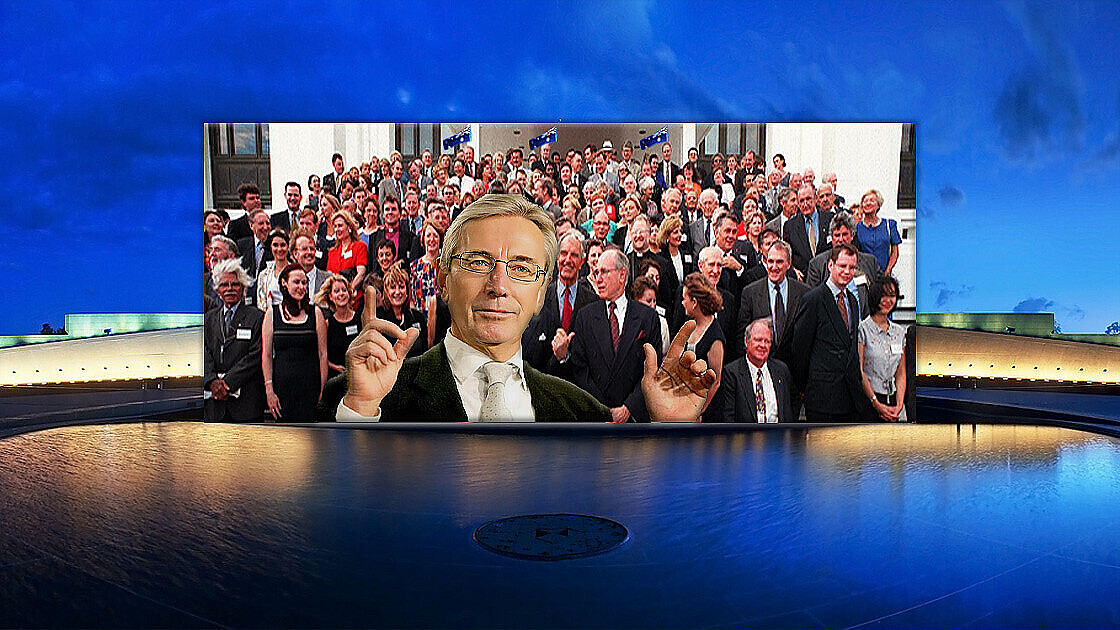
Australian Republican plebiscites slammed as irresponsible vandalism: Senator Minchin 13 June 2008 Senator Nick Minchin was responsible for implementing the Coalition’s promise at the 1996 election to hold a Constitutional Convention to consider the question of a Republic. He regards this as one of the greatest honours bestowed on him by Prime Minister John Howard. The conduct of the Convention is a great tribute to him. It was open, fair and transparent, and allowed participation by the people, political leaders of all parties across the Commonwealth, as well as a selected group of outstanding Australians. The process of selection for this was so fair that the very competent chairmen turned out both to be Republicans, and most of the nominated members were not constitutional monarchists. Compare that with the 2020 Summit. Senator Minchin is one of those honourable people in politics who are not afraid to hold to their principles […]
Temptation: Change Through The Backdoor
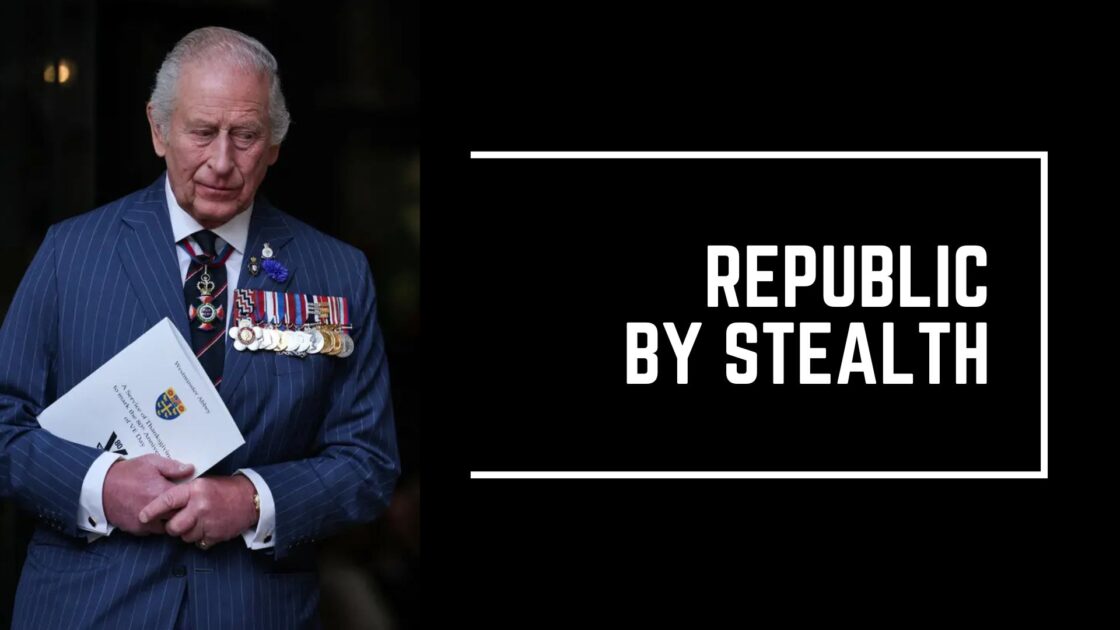
This is a plan to circumvent the Constitution by the use of cascading constitutional plebiscites, which are designed to soften the people up before a final referendum. This is a constitutional change by stealth and by fatigue. It irresponsibly invites a vote of no confidence in our Constitution to create a vacuum for at least a decade. This might be the sort of tactic that political parties might adopt over some minor issue. It is not the way to deal with something so fundamentally important as the Constitution. Apart from the sheer irresponsibility of this approach, there is nothing in it for any of the political parties. It is a folly of monumental proportions, beside which the Millennium Dome will appear as a minor glitch. There is nothing in it for the Labor Party — that was clear from the way in which so many safe Labor seats voted. The […]
Repeat Referendums in Australia
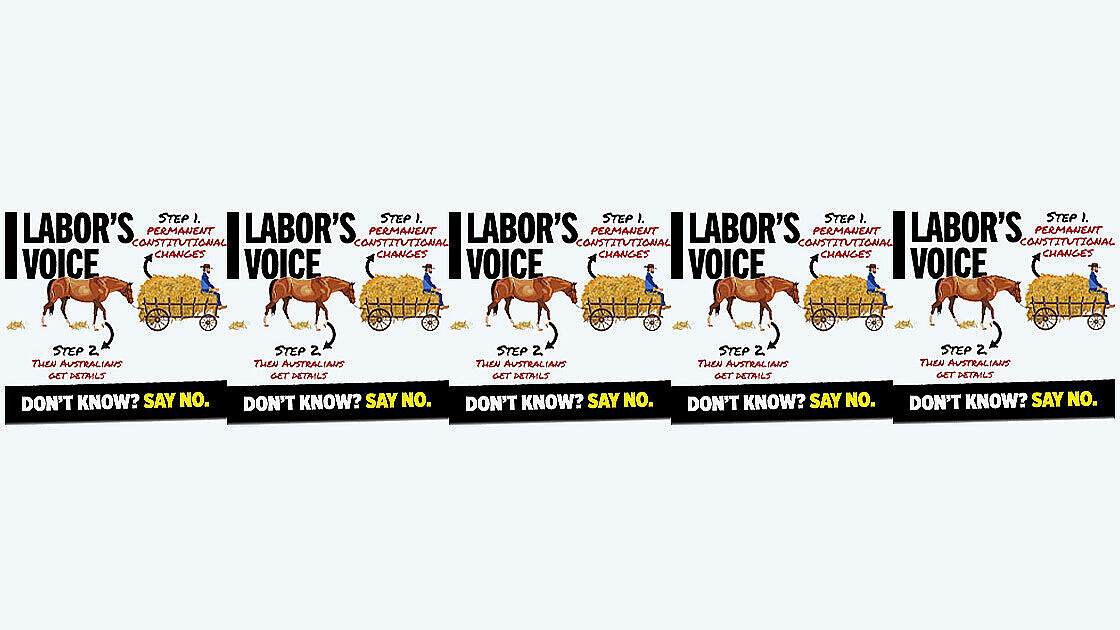
REPEAT REFERENDA IN AUSTRALIA Having rejected a proposal, the Australian people have, at least until now, also rejected any subsequent similar proposal. In fact, they have been asked to give the following additional powers to Canberra more than once, and they have repeatedly said “No”: Monopolies (5 times). Corporations are not already the subject of federal power (5 times). Industrial matters within the State (5 times). Intra-state trade and commerce (3 times). Marketing schemes (twice). Price control (twice). (It could be said that some or most of these would be superfluous today because of the judicial interpretation of the Constitution.) Attempts to impose simultaneous elections of the House and Senate have been rejected on three occasions. (While these proposals might at first glance seem sensible, they would have reduced the Senate’s powers and thus the influence of the smaller States.) The people have also twice rejected a proposal to include […]
Ours Is Not a “Horse and Buggy Constitution”
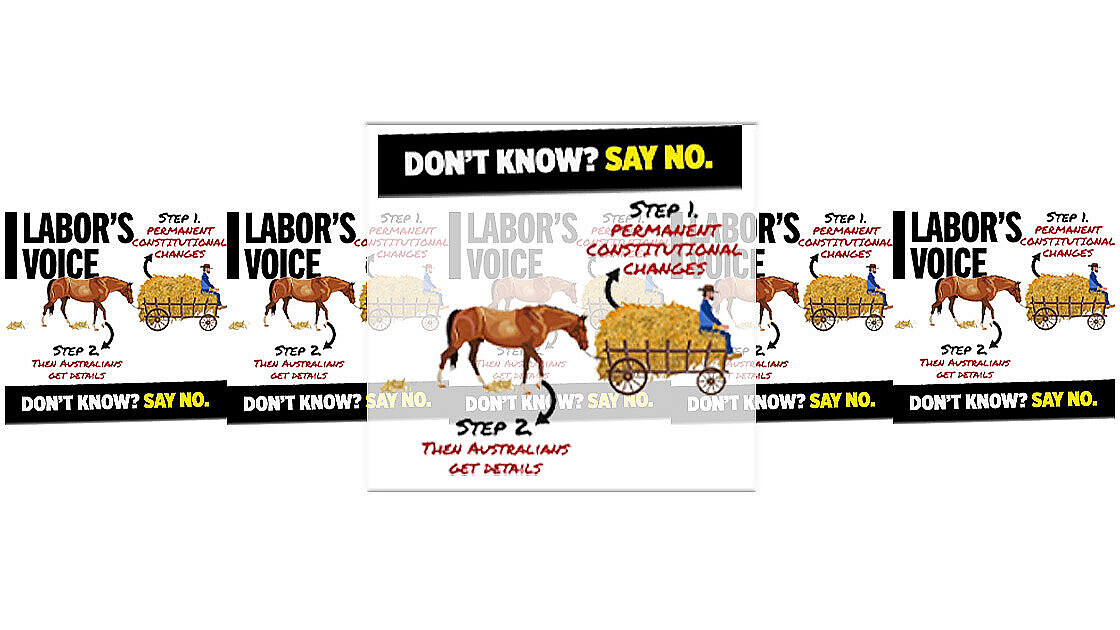
Some will say this is all very well, but the Australian referendum makes it too difficult to change the Constitution. That is not so. As two of our Founders, Sir James Quick and Robert Garran, wrote (The Annotated Constitution of the Australian Commonwealth, 1901, reprinted in 1995, at 988), the safeguard in s.128 is: “… necessary not only for the protection of the federal system but in order to secure maturity of thought in the consideration and settlement of proposals leading to organic changes. These safeguards have been provided, not in order to prevent or indefinitely resist change in any direction, but in order to prevent change being made in haste or by stealth, to encourage public discussion and to delay the change until there is strong evidence that it is desirable, irresistible and inevitable”. It is even said that we still live under a “horse and buggy” Constitution. In […]
Politicians Abuse Plebiscite – Again
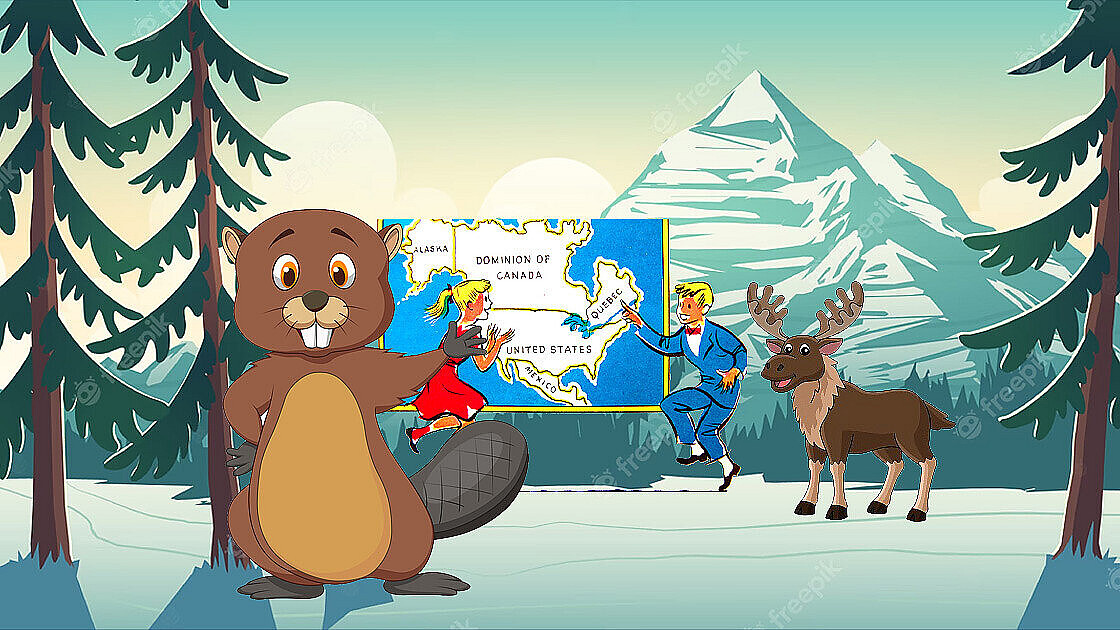
POLITICIANS ABUSE THE PLEBISCTE – AGAIN The experience of countries since federation confirms the misuse, and the potential for misuse, of constitutional plebiscites, even to this day. For example, when the Quebec government decided in 1995 that it was time to secede from Canada, they knew they would need the support of the people in what was called a referendum but in reality was a plebiscite. The honest approach — the approach to ensure an informed vote — would have been to put all the facts before the Quebecois. In particular, that there was no guarantee that even if Quebec were able to secede, the new state could retain the advantages it had enjoyed as part of Canada. Could Quebec continue to use the Canadian dollar? What would happen to the national debt? Would Quebec continue to be a party to each of Canada’s treaties, for example, the free trade […]
What Founding Fathers Intended
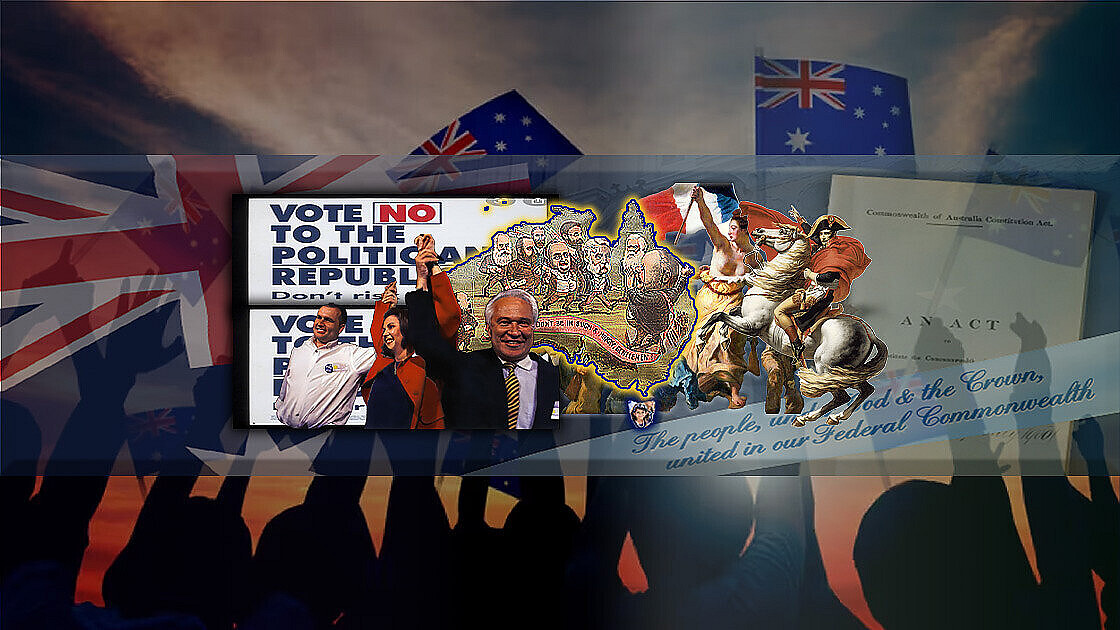
How the founding fathers intended the Australian referendum to work. It is not surprising that the Founding Fathers, democrats to a man, would have found nothing at all attractive in the constitutional plebiscite. Even in a democracy, as France was in 1851 and 1852, a constitutional plebiscite could be so easily misused as it so clearly was. They were determined to prevent change made by stealth, something which is now being proposed in Australia to take up the first decade of the 21st Century. So what did the Founders do? In 1891 the draft Constitution provided that amendments be first proposed by the federal Parliament and then submitted for approval by a majority of elected State Conventions. But at the Corowa Conference, a peoples’ conference, it was decided that the process for constitutional approval, and by implication constitutional change, was to lie with the people. It was only when the […]
No Constitutional Plebiscites
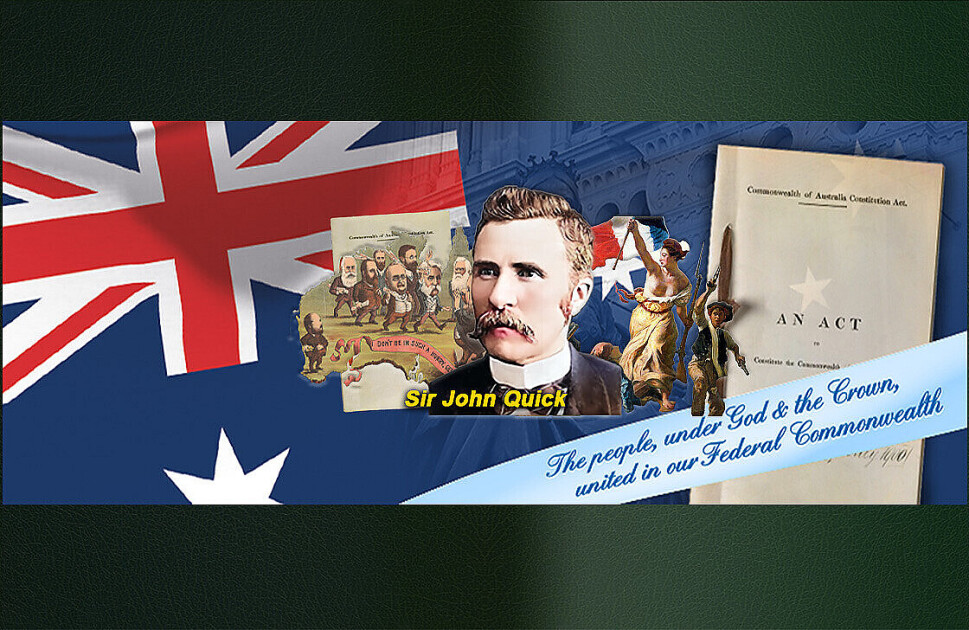
No Constitutional Plebiscites WHY OUR FOUNDING FATHERS WOULD NOT HAVE A BAR OF CONSTITUTIONAL PLEBISCITES To understand the danger of what is being proposed, let us go back to the work of our Founding Fathers. Our Founders carefully and exhaustively considered the question of how the Constitution should be amended. The Constitution they had drafted was to be a “binding and indissoluble social compact” between the people of the Australian Colonies (now States). The people of each Colony had to be involved at all stages, and finally, the Constitution was the centrepiece of the process initiated by Sir John Quick at Corowa in 1893. Under this, neither the drafting of the Constitution nor its final approval was to be exclusively in the hands of the politicians. This is not to denigrate the role of the politician in the Commonwealth. But the politician’s role is to be limited in constitutional matters, […]
Australian Constitutional Evolution

Australian Constitutional Evolution The beauty of the Australian constitutional system is that it has evolved over the centuries through trial and error. Much was inherited from Britain. From the Magna Carta of 1215 down to the Glorious Revolution of 1688 and through the development of the Westminster system, we have a rich treasure which we have adapted to our own needs and made Australian. Until the Federation, our constitutional system came wholly from Britain. Although given legal effect by the British and although first proposed by them, the Constitution of our “indissoluble Federal Commonwealth under the Crown” was drafted by Australians in Australia and approved by the people in each of the Australian colonies, or as they consequently became the Australian States. Our Founding Fathers not only borrowed from Britain. They wanted the best. So they also looked to Switzerland for the referendum and the United States for a […]
The Media

The media play a crucial role in a modern democracy in informing the people. To do this, they must be accessible. The media agree that there is an ethical requirement that fact and comment be distinguishable and that the news should be as truthful as possible. As the editor of the Manchester Guardian famously declared in 1921, “Comment is free, but facts are sacred.” But while the private media are entitled to editorialise, this is not a luxury which the taxpayer-funded public media, the ABC and SBS, can adequately have. In the 1999 referendum, the media were mainly and strongly in favour of change. What became clear was that this seriously affected the presentation of the news. As the international authority, and in his earlier career a highly respected editor, Lord Deedes wrote in the London Daily Telegraph: “I have rarely attended elections in any country, certainly not a democratic one, in […]
Australia’s Sovereign
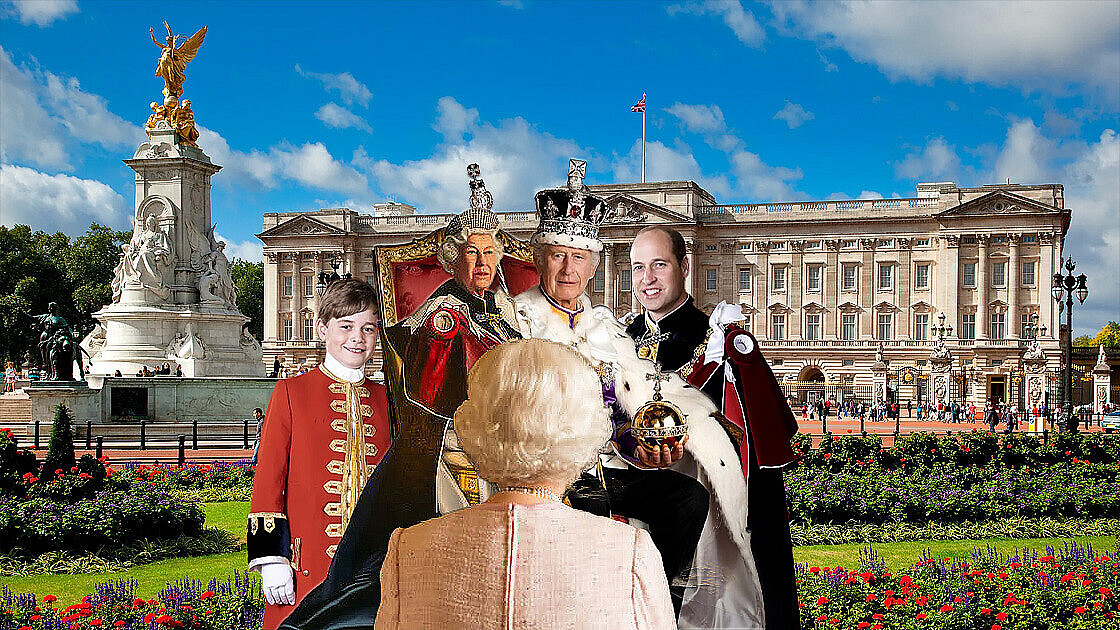
Australia boasts a remarkable constitutional system. At the heart of our federal parliamentary democracy is an institution above politics, which acts as a check and balance on the political branches: the Australian Crown. As ruled by the High Court, the King or Queen is the Sovereign, the Governor-General is the constitutional head of the Commonwealth, and the Governors are the constitutional heads of state. The Sovereign (The Queen or The King) is at the very centre of our constitutional system. In Queen Elizabeth II, we have been blessed with a Sovereign whose performance has been impeccable. Even those who wish to remove the Australian Crown from our constitutional system respect her greatly. So many Republicans say they now have to wait until this reign ends. They did not think this at the referendum in 1999. The role of the Sovereign is not, however, dependent on the qualities of the present […]
Power
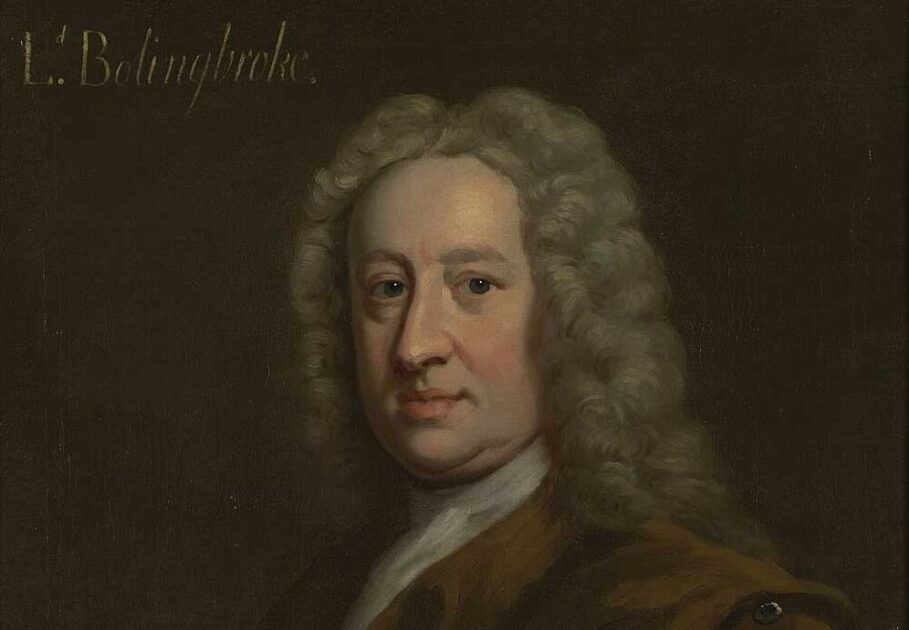
Probably the best definition of a constitution was given by Lord Bolingbroke (1678-1751), who, in modern language, described it as “that assembly of laws, institutions, and customs, by which the people have agreed to be governed.” A constitution, which is not just one document, is about government. It determines the way powers to govern are allocated within a country. On this, there have been two principal schools of thought. As early as the Ancient Greek philosopher Plato, we find the notion that good government is about finding the best people, trusting them and endowing them with full powers. In Plato’s Republic, the elite guardians, with superior knowledge and understanding, are trusted to govern. Aristotle, another celebrated Greek philosopher, criticised this. Much of modern history has been about whether governments should be endowed with near-absolute powers or whether effective checks and balances should limit power.
A Mate for Head of State
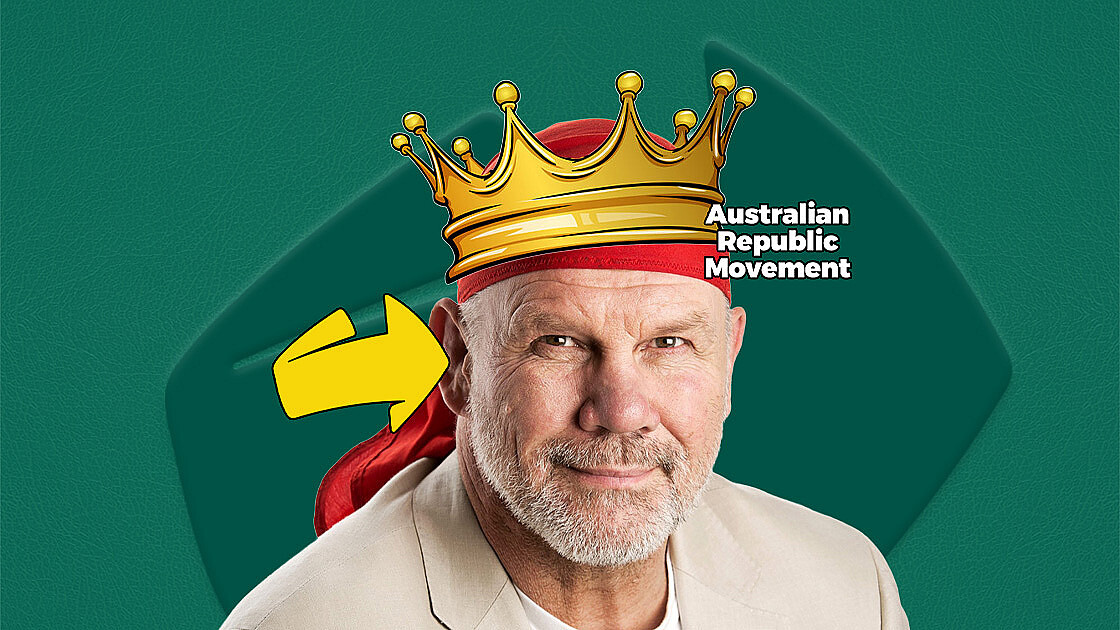
The Republicans’ major campaign in 2006 was “A Mate for Head of State.” Since the referendum, one of the preoccupations of the republican movement has been to ensure media attention so that a mainly disinterested public would be reminded of an issue they are not at all interested in. This has not been difficult, given that the mainstream media is one of the two strongholds of republicanism. (The other is among the politicians.) These republican stunts are usually mounted around Australia Day or the Queen’s birthday and are too often monumentally foolish. One of their silliest was the demand that The Queen give back Tom Robert’s wonderful painting of the State Opening of the first Federal Parliament in 1901 by our future King. That painting hangs on permanent loan in the Parliament in Canberra. It is hardly the personal property of The Queen! But even one state premier joined in […]
The 2001 Corowa Conference
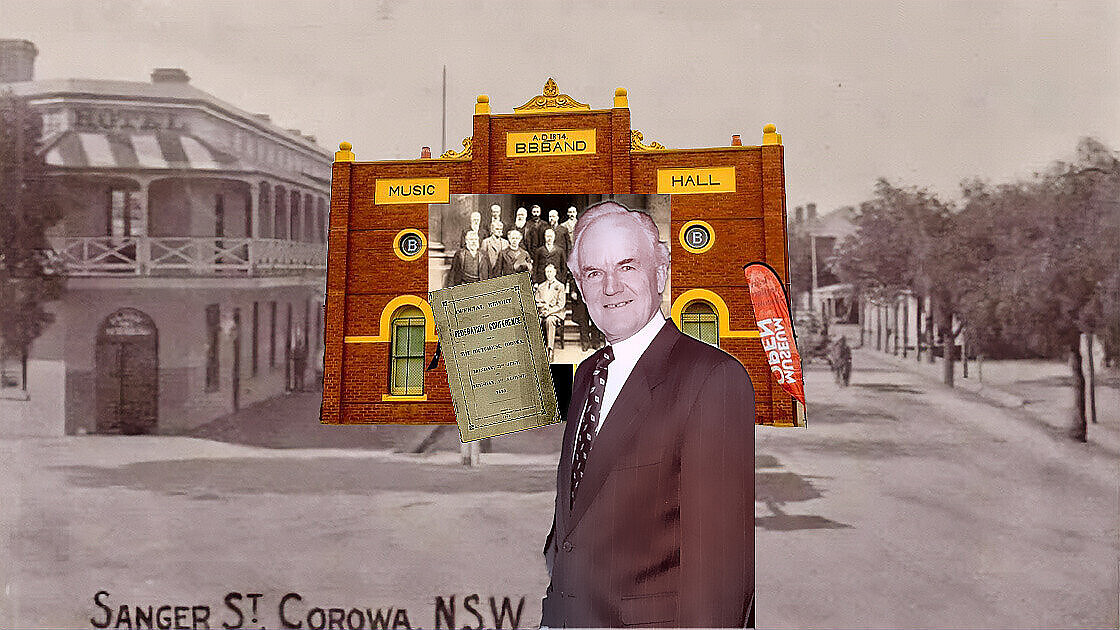
Author of the McGarvie Model, McGarvie was an appointed delegate to the Constitutional Convention on the Australian Republic in February 1998 and initiated the 2001 Corowa conference to find common ground among republicans after the referendum defeat in 1999. He took the unusual position of making contributions to republicanism without directly supporting the broader republican movement. He promoted his own model and, at the 1998 convention, argued the provision for two-thirds parliamentary dismissal of a president was unworkable. The Republic: Report from CorowaProfessor David Flint, AM …The invitation… The 2001 Corowa People’s Conference was conceived and developed by the Hon. Richard McGarvie, who insists he is neither a constitutional monarchist nor a republican, to approve a process to “resolve the Head of State issue”. Mr McGarvie was formerly a Victorian Supreme Court judge and then the Victoria Governor. He is a distinguished jurist and author of Democracy—Choosing Australia’s Republic. Mr […]
Before Federation
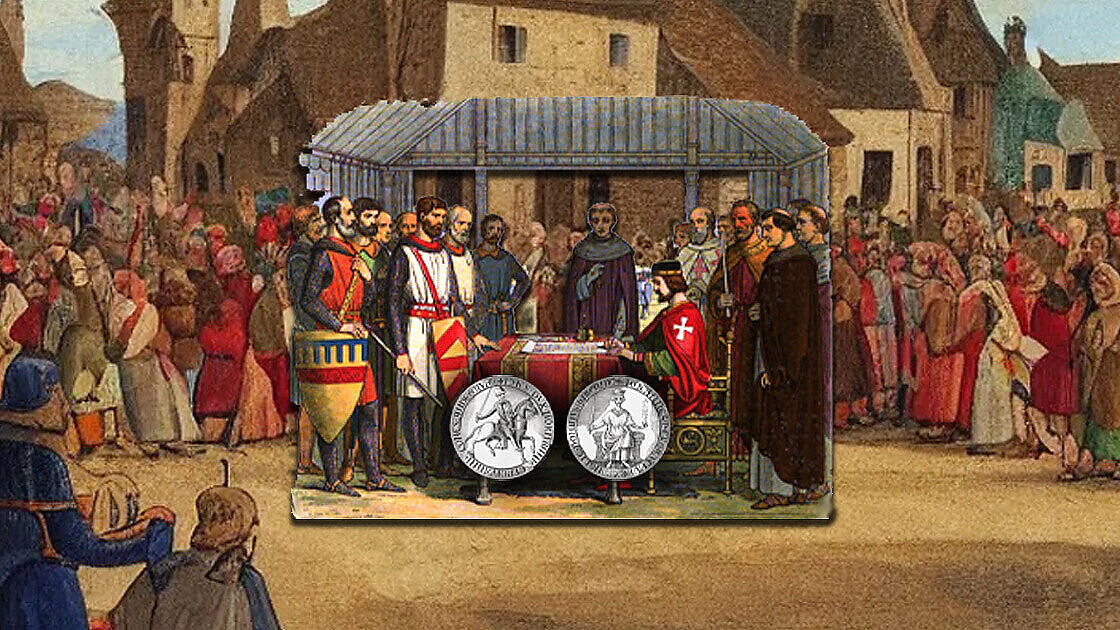
With the Settlement of Eastern Australia in 1788, the British brought four of the six pillars of the modern Australian nation. These were the Rule of Law, the English language, the Crown and our Judeo-Christian values. In a surprisingly brief period of time, the colonies were moving gradually towards self-government. The celebrated scientist, Charles Darwin, observed in 1836: “When I arrived in Sydney, I felt proud to be an Englishman. We have achieved more in decades here than what those who colonised South America have achieved in as many centuries.” Legislation to introduce self-government and Parliamentary Democracy in New South Wales and Victoria was approved by the British government before the Eureka Stockade, which is often misrepresented as the source of Australian democracy. The legislation was passed in 1855 and gradually extended to the other colonies. Parliamentary democracy is, in fact, the fifth pillar of our nation.
The Glorious Revolution
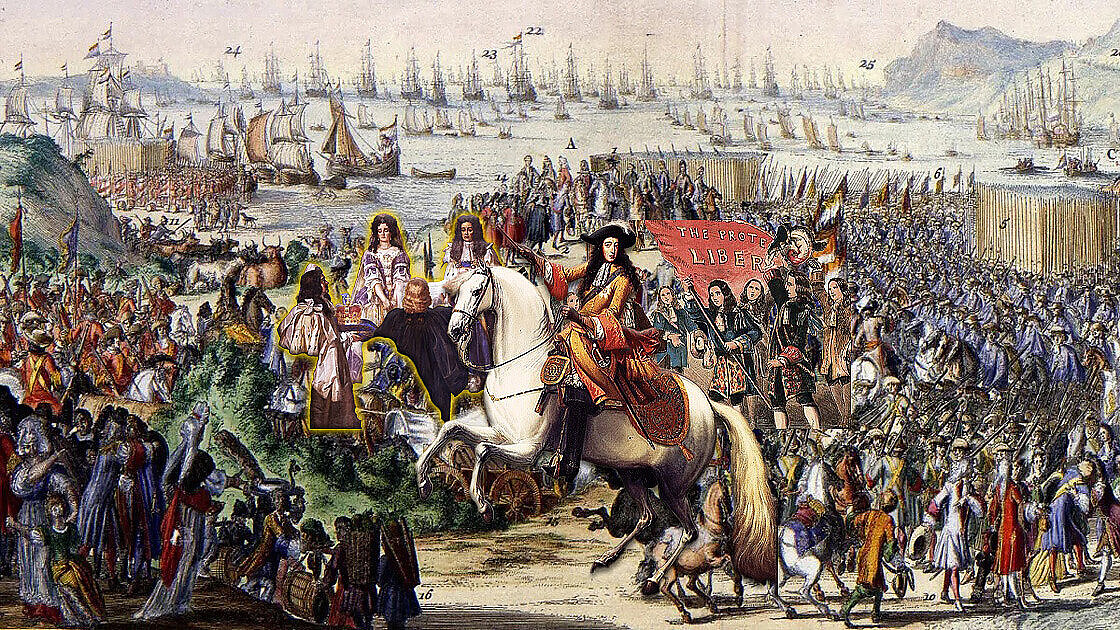
Three Centuries of Freedom The Glorious Revolution is as relevant today in Australia and the wider world as it was in England in 1688. It is arguably the most significant single advance in the provision of good government that the world has ever seen. This has been overshadowed by concentrating on its quite peripheral impact on the divisions among Christians. But the Calvinist Prince of Orange who became William III was driven by his fear of absolutist French hegemony over Europe, not by worries about Catholicism, whose leader, the Pope, was his temporal ally. The point is that the freedoms ensured and the benefits gained from the Glorious Revolution far exceed anything gained from any other single event, including the mistakenly more celebrated French Revolution. The Reign of Terror in the French Revolution was bad enough, but the loss of life from the resulting years of war, which ended only […]
The Golden Thread
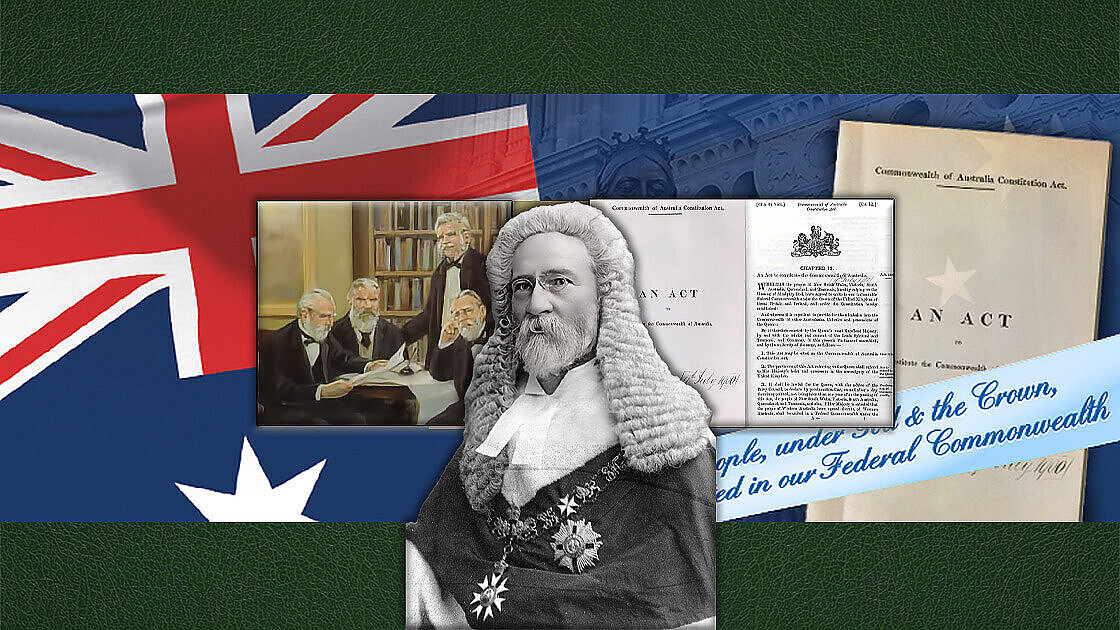
The Australian Constitution is sometimes criticised by those wanting to change it because it does not, for example, refer to the Cabinet or the Prime Minister. However, the Constitution was not intended to be a complete text on the constitutional system. It was a document federating the six self-governing countries into a nation, setting up new Federal institutions and granting them certain limited powers. The Founding Fathers, led by the Queenslander who was to become the first Australian Chief Justice, Sir Samuel Griffith ( shown above in the illustration from The Samuel Griffith Society site, the only Australian site dedicated to the study and advancement of federalism) would have seen the constitution as Bolingbroke did, as that “assembly of laws, customs and institutions…according to which the community has agreed to be governed.” The Founding Fathers assumed that the absolute rights Australians had brought with them from Britain would continue.
Head of the Commonwealth of Nations
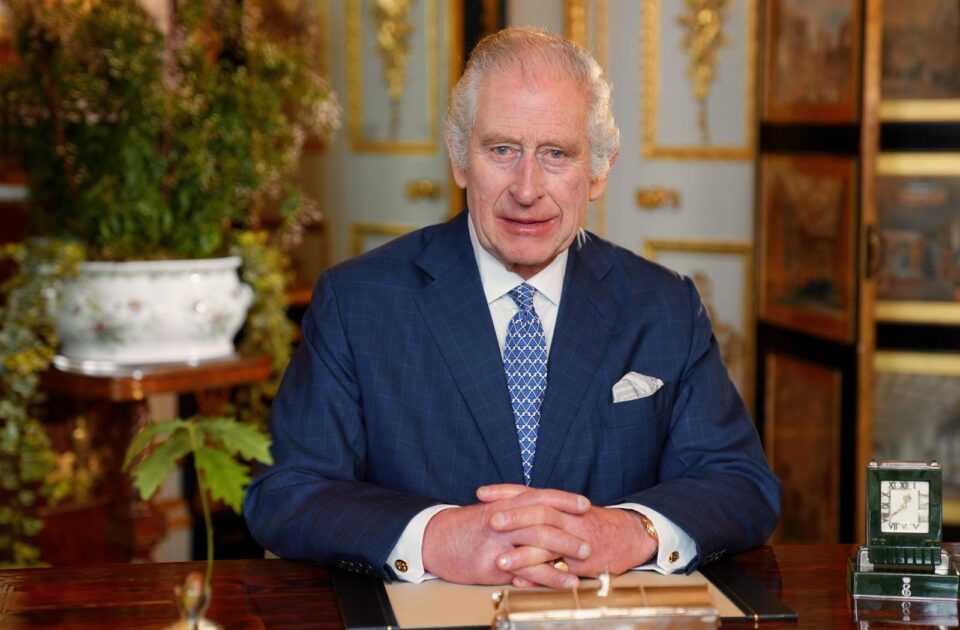
The King or Queen, our sovereign, is the Head of the Commonwealth of Nations. No one has put her contribution to this role more clearly than the thirteen-year-old Australian youth ambassador, Harry White, at the 2006 Melbourne Commonwealth Games opening. He said: “Your Majesty, during the past 54 years of your reign, you have been the glue that has held us all together in the great Commonwealth of Nations in good times and bad times. The love and great affection that we all hold for you is spread across one-third of the world’s population in our Commonwealth.” The Commonwealth is one international organisation which maintains minimum standards for continuing membership. While Zimbabwe remains suspended from the Commonwealth (it claims to have withdrawn), a glance at the membership and chairmanship of the defunct UN Human Rights Commission will indicate that different standards apply there. The Commonwealth brings together countries that are […]
Personal Union
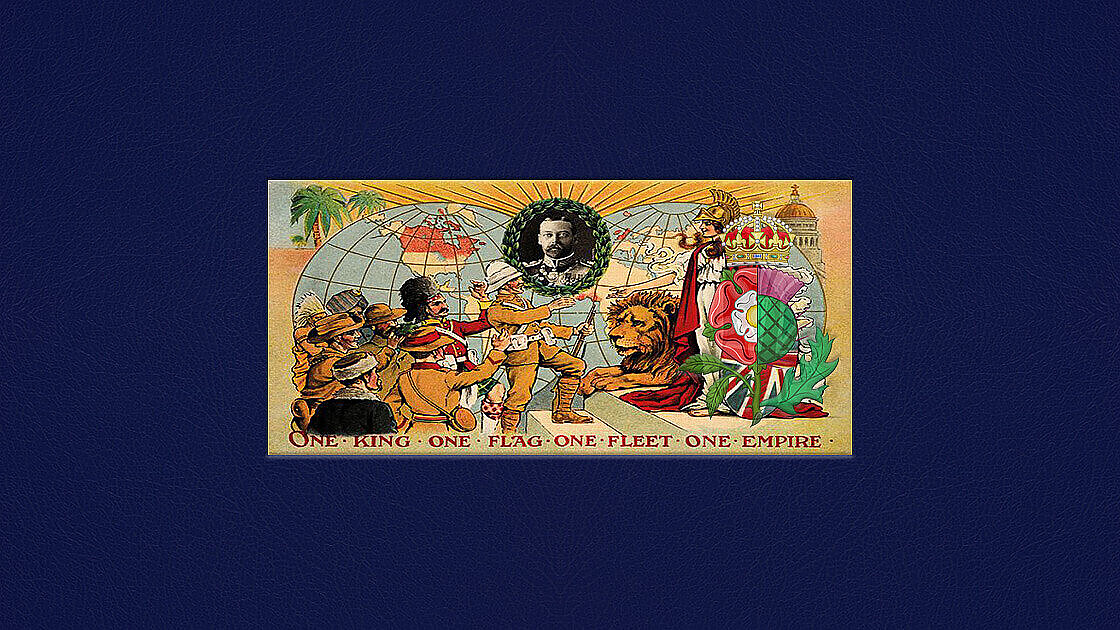
Australia’s Personal Union
Federal Lynchpin
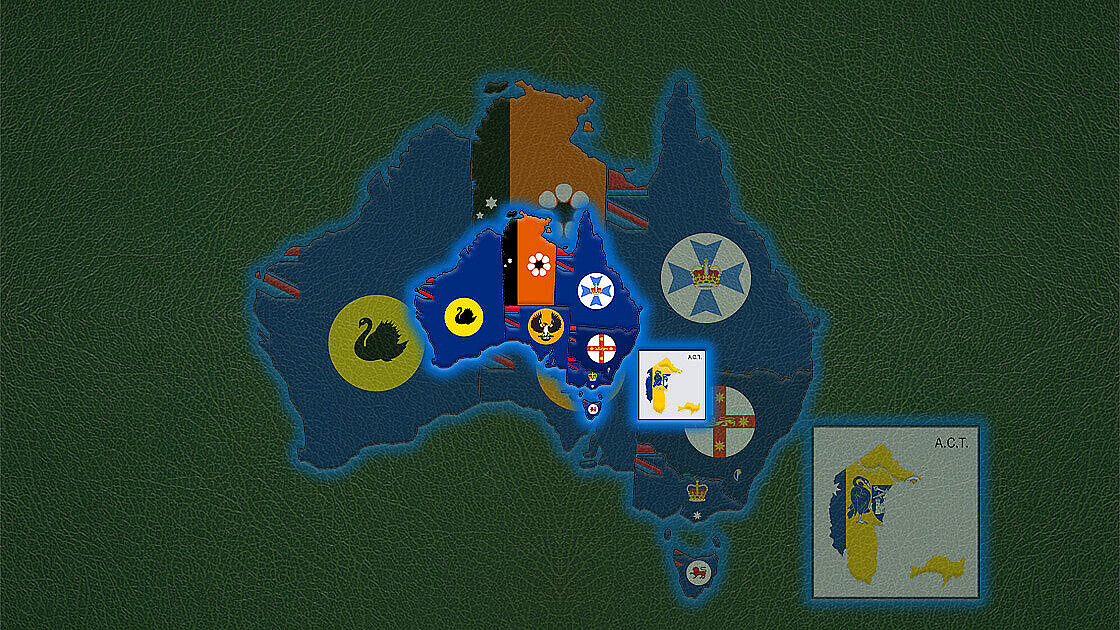
As the dominions rose to equality with the United Kingdom and moved from self-government to independence, the impact on the Crown was fundamental and probably not fully appreciated. The Imperial Crown, once indivisible throughout the old Empire, devolved into separate Crowns for each of the Dominions, which became, in modern parlance, the Realms. It is unlikely that any other constitutional system would allow such an evolutionary development. As Professor David E Smith concludes, republics are created; monarchies, particularly the British ones, emerge and evolve through the sharing of power. The move to independence was achieved more under the Crown than by imperial legislation. Under the Constitution Act 1900 (Imp.), the colonies became the states of the new Commonwealth operating under their pre-existing constitutions. Unlike Canada, the governors of the Australian states are not appointed by the governor-general acting on the advice of the federal government. This is a role the […]
Constitutional Guardian
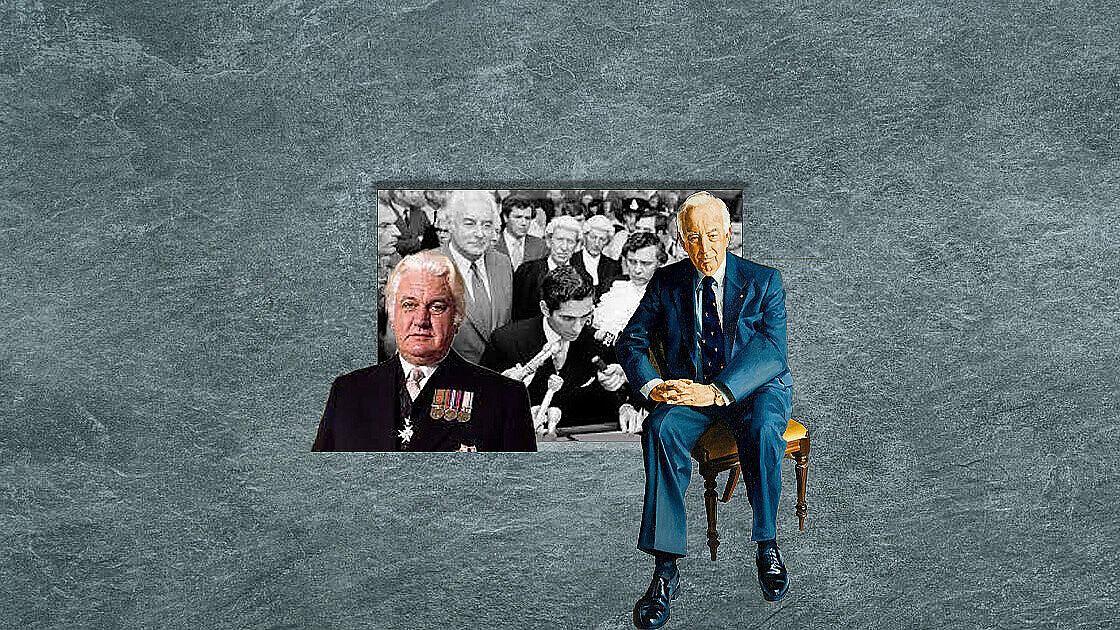
According to Sir Zelman Cowen AK, GCMG, GCVO, KStJ, QC (7 October 1919 – 8 December 2011) an Australian legal scholar and university administrator who served as the 19th Governor-General of Australia, in office from 1977 to 1982), Said: the reserve powers of the Crown include the power to dismiss a ministry, to grant or refuse a dissolution, and to designate a prime minister. Few legal observers would deny the existence of the reserve powers, although in controversial cases, there is a debate on the manner and time of their use. In Australia, these powers are exercisable at the federal level by the governor-general. They are not reviewable by the courts, not being justiciable, nor is it for The Queen to review their exercise. It is, therefore, inappropriate for a viceroy to discuss their exercise in advance with the Sovereign. In addition, it is relevant at this point to recall […]
Commander-in-Chief
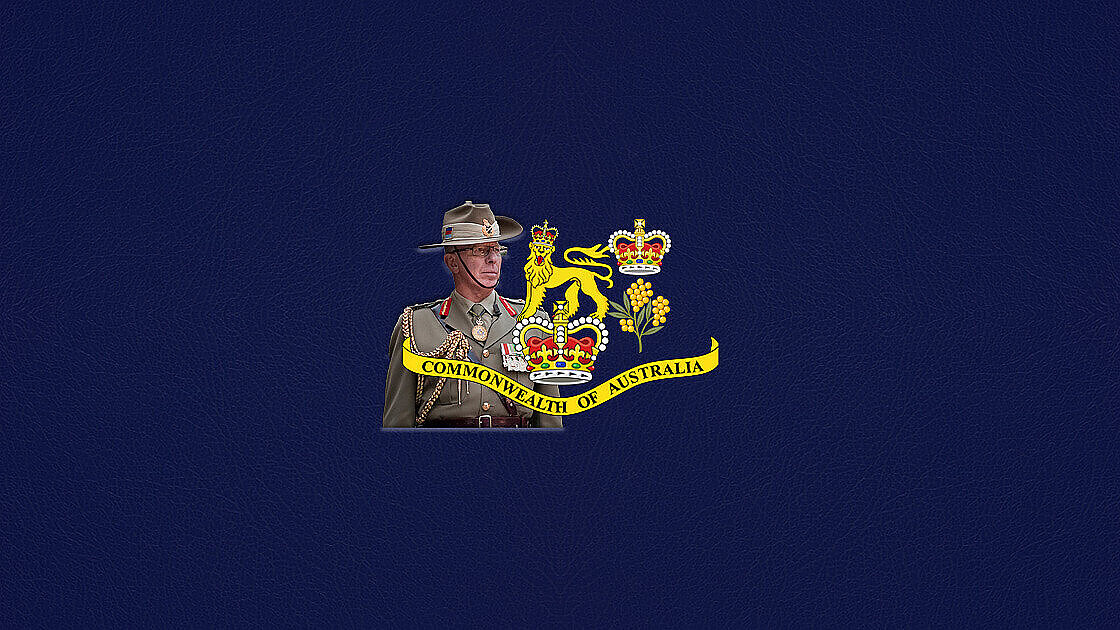
Under the Federal Constitution, defence is effectively a Federal power. The command in chief of the naval and military forces of the Commonwealth is vested in the governor-general “as the Queen’s representative”. Were this to be drafted today, the section might have provided that the command in chief is vested in the governor-general “as the representative of the Australian Crown.” But this would not change the meaning. It would, however, stress that the representation is that of the Sovereign’s political body, the Crown, as well as that of the Sovereign’s natural body. That the loyalty of the armed forces is to their personal Sovereign is a benefit and maintains their purity from any party political taint.
Employer of The Public Service
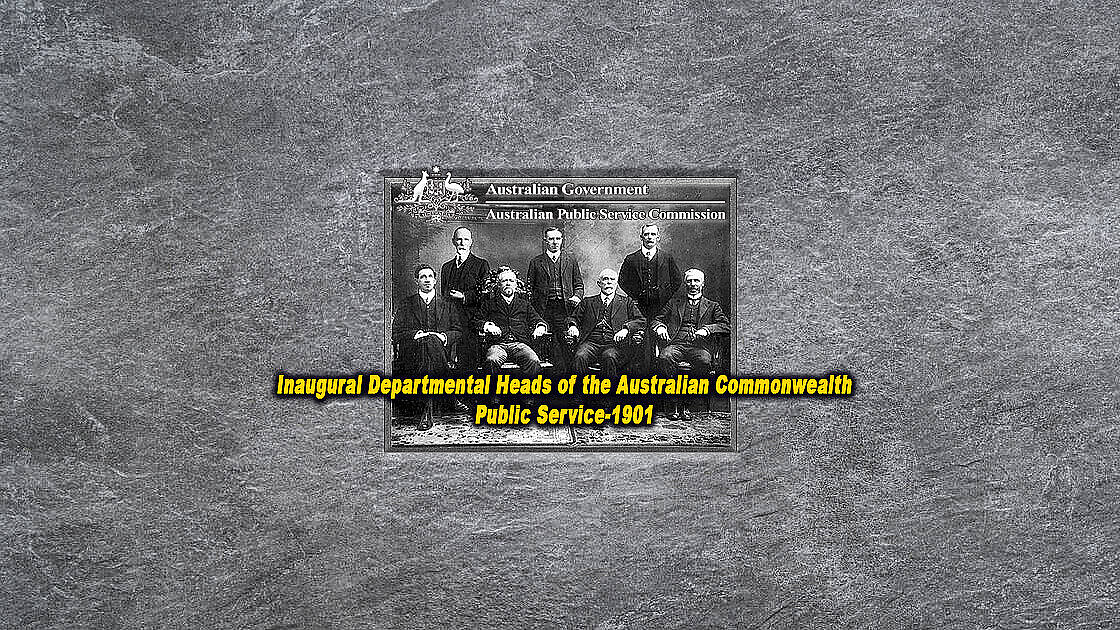
The Crown is the employer of the public or civil service, and not the ruling political party. The loyalty of the public servant must therefore be to the non political Crown and not to the politicians. This enforces the obligation of the public servant to act within and according to law, and to provide advice not influenced by and indifferent to political considerations. The emergence of a non-partisan public or civil service coincided with the withdrawal of the Crown from political activity and the emergence of the constitutional monarchy as we know it. In advice which was equally applicable to Australia, Walter Bagehot argued that in 1867, to assure popular rule, there were only two constitutional models available to Canada: the British or the American constitutional model. Not only did he think a non- partisan public service did not prevail in the US, he believed it was impossible. The contrast between the […]
Fount of Honour
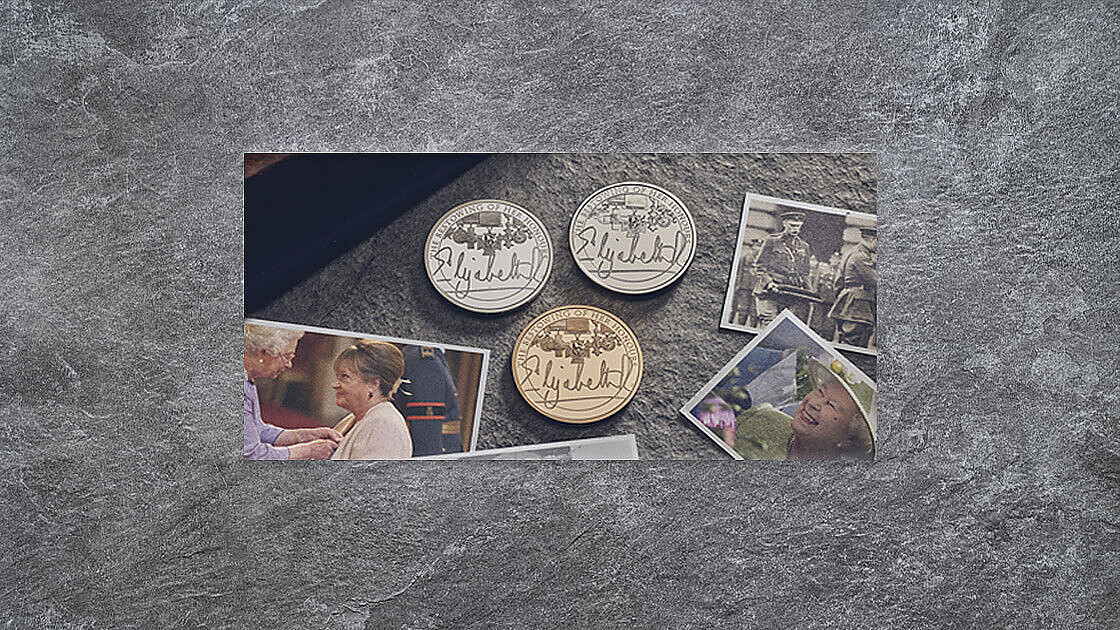
The Sovereign is ‘the fountain of all honour and dignity’ and enjoys the sole right of conferring all titles of honour, dignity and precedence. Formerly, most honours were awarded on the advice of the prime minister and the premiers. The Order of Australia was instituted not by statute but by Letters Patent under the royal prerogative and has since replaced most imperial honours except those in the personal gift of the Sovereign. From this concept comes the ceremonial role of the Crown, which is an important part of the life of the community. This extends to the recognition of achievement, service and of, bravery and the lending of the dignity of the Crown to important events in the life of the nation and its many communities. The important feature is that this comes from the institution which is above politics and that the involvement of the Crown is in no way […]
Fount of Justice
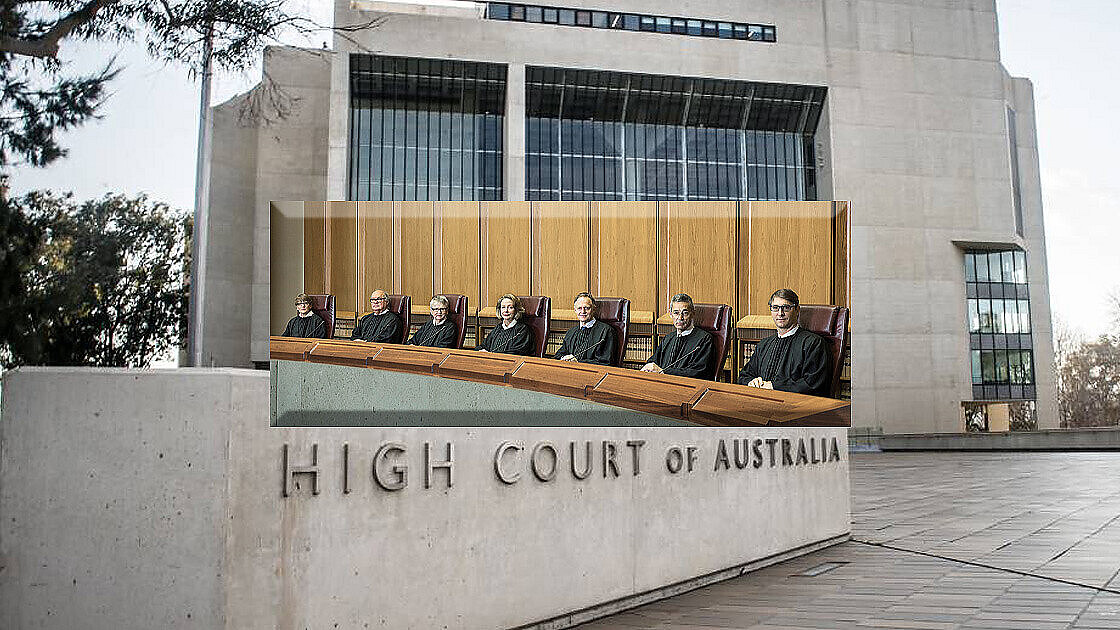
The Crown And Law In the earliest times, the Sovereign was a key figure in the enforcement of law and the establishment of legal systems in different areas of the UK. As such, the Sovereign became known as the ‘Fount of Justice’. While no longer administering justice in a practical way, the Sovereign today still retains an important symbolic role as the figure in whose name justice is carried out and law and order is maintained. Although civil and criminal proceedings cannot be taken against the Sovereign as a person under UK law, The Queen is careful to ensure that all her activities in her personal capacity are carried out in strict accordance with the law. Reference royal.uk No less an authority than Blackstone, probably revered more in the United States than in the United Kingdom or Australia, explains that “justice is not derived from the king, as from his […]
Australian Executive
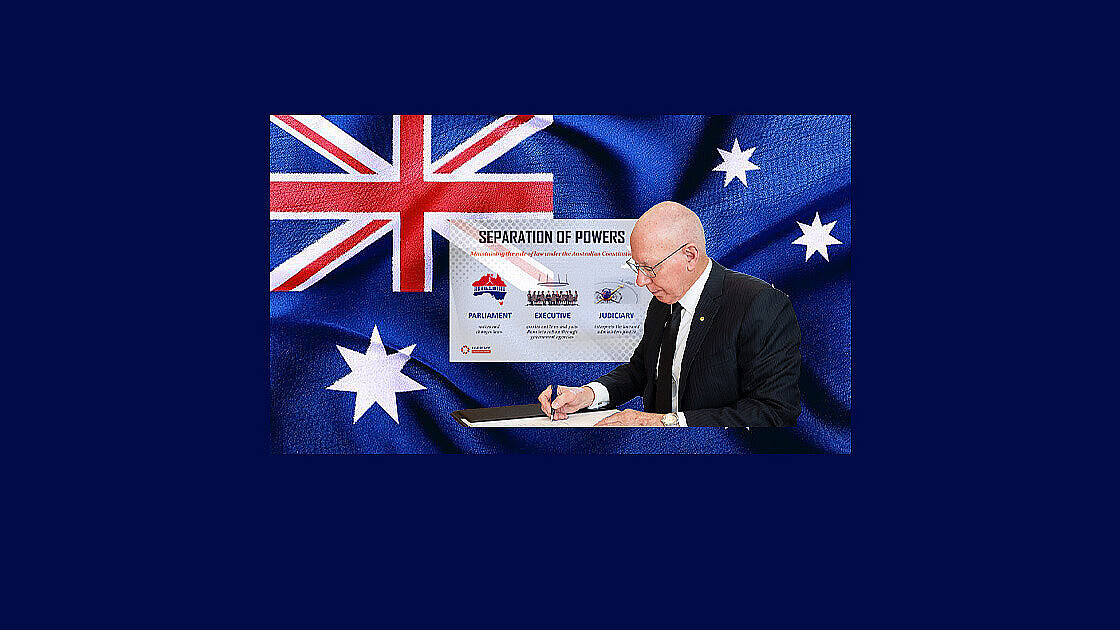
Unlike the Parliament, of which the Crown is a constituent part, the Crown is the executive. The cabinet is an informal political body having no formal constitutional status. In the 1999 referendum, this was presented by the republican movement as some sort of constitutional flaw or oversight. It is nothing of the sort. That the cabinet, consisting only of the leaders of the majority, has no executive power is a protection and not a disadvantage. In the Westminster system, as the founders intended it to apply in Australia, its recommendations are subject to an independent audit. The republican critique that this is not mentioned in the federal Constitution demonstrates a refusal or inability to accept that the constitution has a broader meaning, that is as that “assembly of laws, institutions and customs… according to which the community has agreed to be governed.” While the Crown will normally act on the […]
Australian Legislature
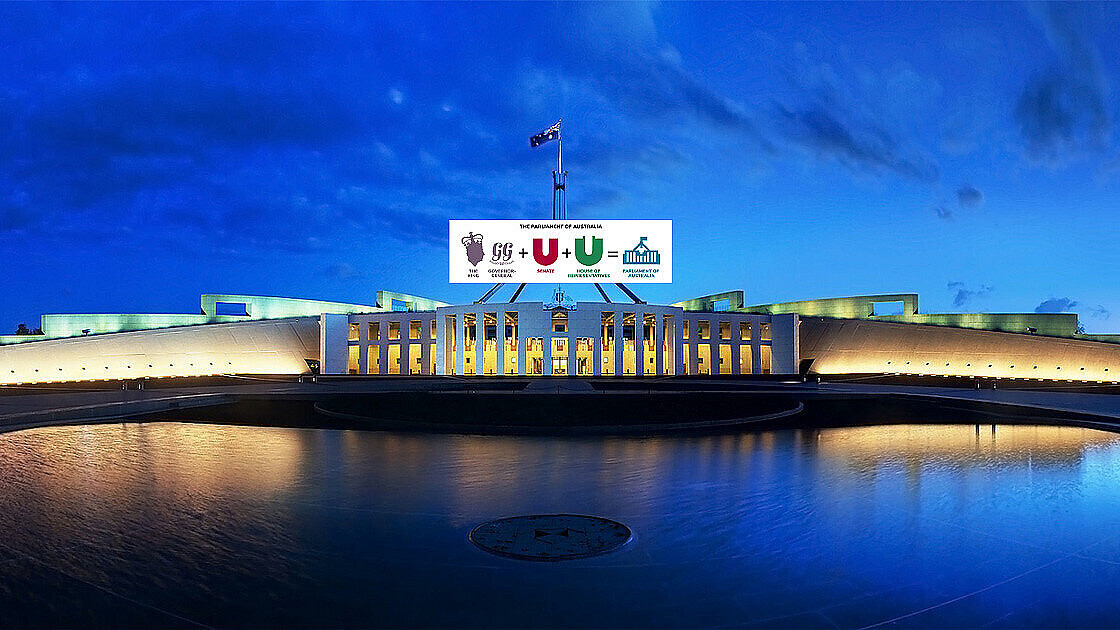
Australian Legislature What is the legislature in Australia? The term ‘legislature’ is the proper name given to the houses – or ‘chambers’ – of parliament within any of the governments in Australia. The legislature at both federal and state/territory levels of government is made up of people elected by citizens. A legislature is an assembly with the authority to make laws for a political entity such as a country or city. They are often contrasted with the executive and judicial powers of government. Laws enacted by legislatures are usually known as primary legislation. First, the Australian Crown is part, and an inherent part, of each of the parliaments. Each one is The King, Queen or sovereign in Parliament. This is so even where the enacting formula has been twisted to remove any reference to The King, Queen or sovereign. (This is yet another example of creeping republicanism where the politicians […]
Crowned Republic: Introduction
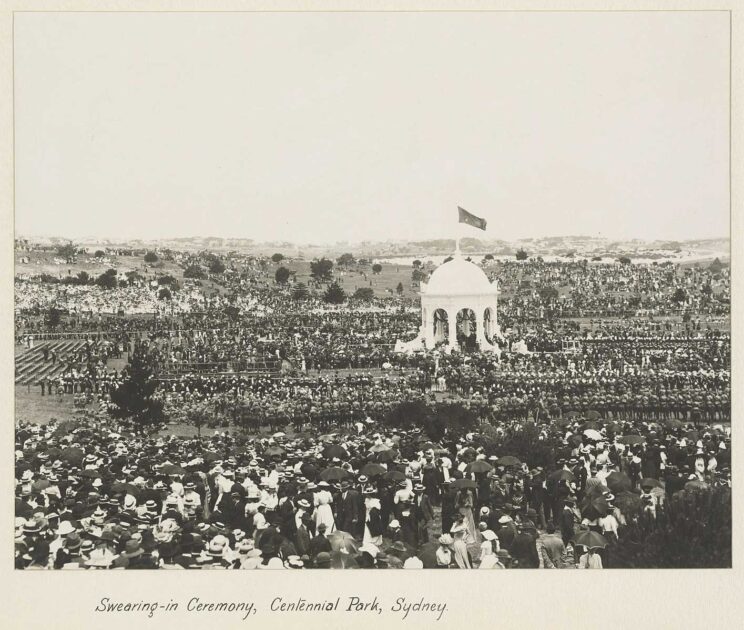
The Dictionary According to the Macquarie Dictionary, a republic is a state where “the supreme power resides in the body of citizens entitled to vote and is exercised by representatives chosen directly or indirectly by them.”(For more detail from the dictionaries, go to Definitions.) Usage and political theory Sir Thomas Smith introduced the term “republic” to describe the English system as long ago as the sixteenth century. He was an English diplomat and one of the most outstanding classical scholars of his time. He studied at Padua and was made Regius Professor of Civil Law and Vice-Chancellor of Cambridge University. He was also a Member of Parliament, an ambassador to France and as a secretary of state, a very close and trusted confidante of Queen Elizabeth I. His book, “De Republica Anglorum; the Manner of Government or Policie of the Realme of England,” was published in 1583. He intended to […]
Australia’s Origins
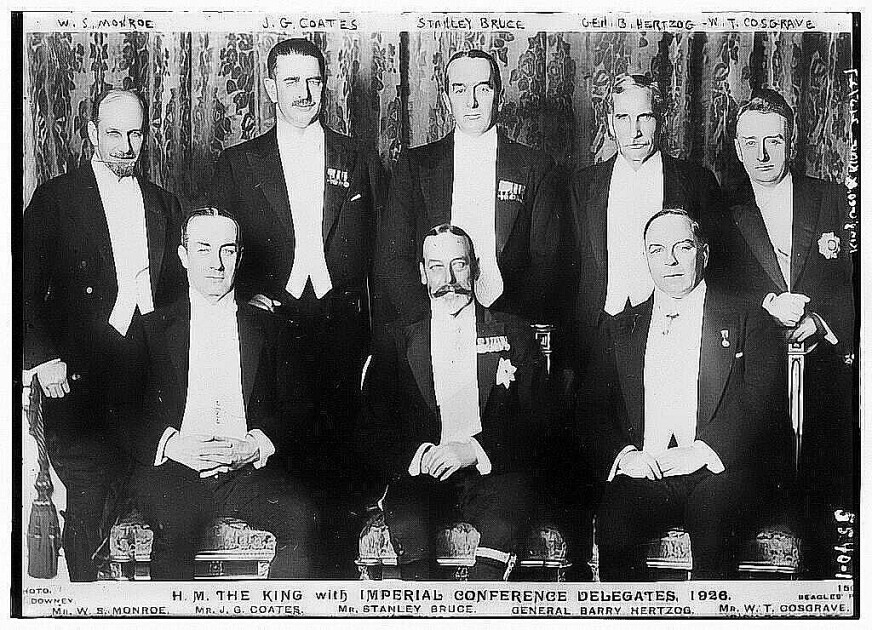
[The King with His Prime Ministers 1926 (left to right): Walter Stanley Monroe (Newfoundland), Gordon Coates (New Zealand), Stanley Bruce (Australia), J. B. M. Hertzog (Union of South Africa), W.T. Cosgrave (Irish Free State). Seated: Stanley Baldwin (United Kingdom), King George V, William Lyon Mackenzie King (Canada).] Australia’s Origins Australia’s Origins: The Crown, as Australia’s oldest legal and constitutional institution, holds a position of utmost importance. Introduced with the settlement in 1788, it has remained steadfast at the centre of our constitutional system, guiding and shaping our nation’s history. In 1770, Lieutenant James Cook charted the east coast of Australia and claimed it for Great Britain. He returned to London with accounts favoring colonization at Botany Bay (now in Sydney). The First Fleet of British ships, which arrived at Botany Bay in January 1788, played a crucial role in establishing the first penal colony. The History of Australia (1851–1900) refers […]
